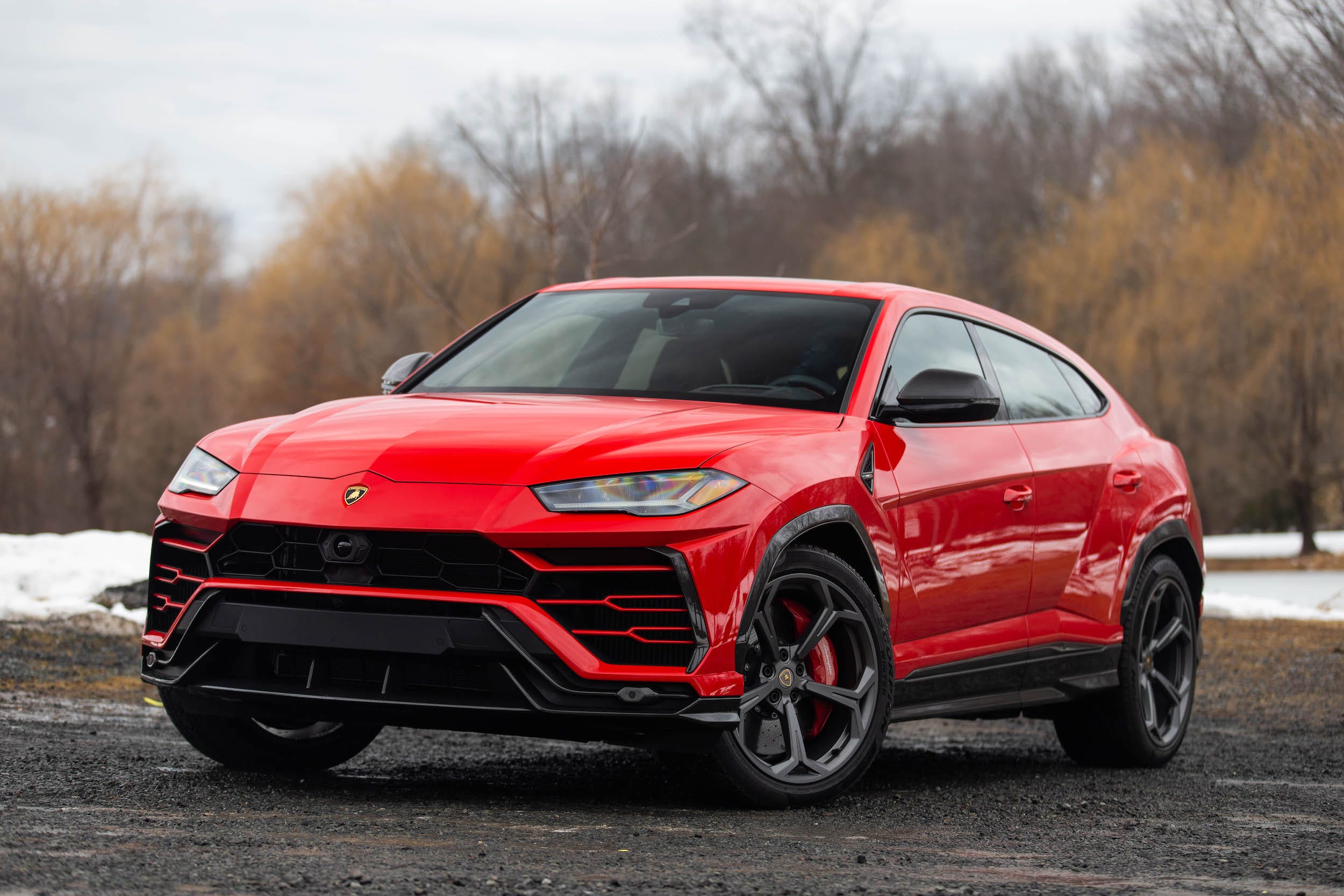
Kristen Lee
- The Urus is Lamborghini's first modern SUV and is already the automaker's most popular model.
- The reason behind its popularity is obvious; it's a practical Lamborghini.
- The base price of my Urus loaner was $218,009. After options, it came to $272,193.
- See more stories on Insider's business page.
The Lamborghini Urus greets you like a punch to the eyes. As it should.
When Lamborghini launched the production version of its Lamborghini-ified SUV at the end of 2017, it called the Urus the "world's first super sport utility vehicle." It was a bold claim, marrying two terms that didn't seem like they had any business fraternizing with each other.
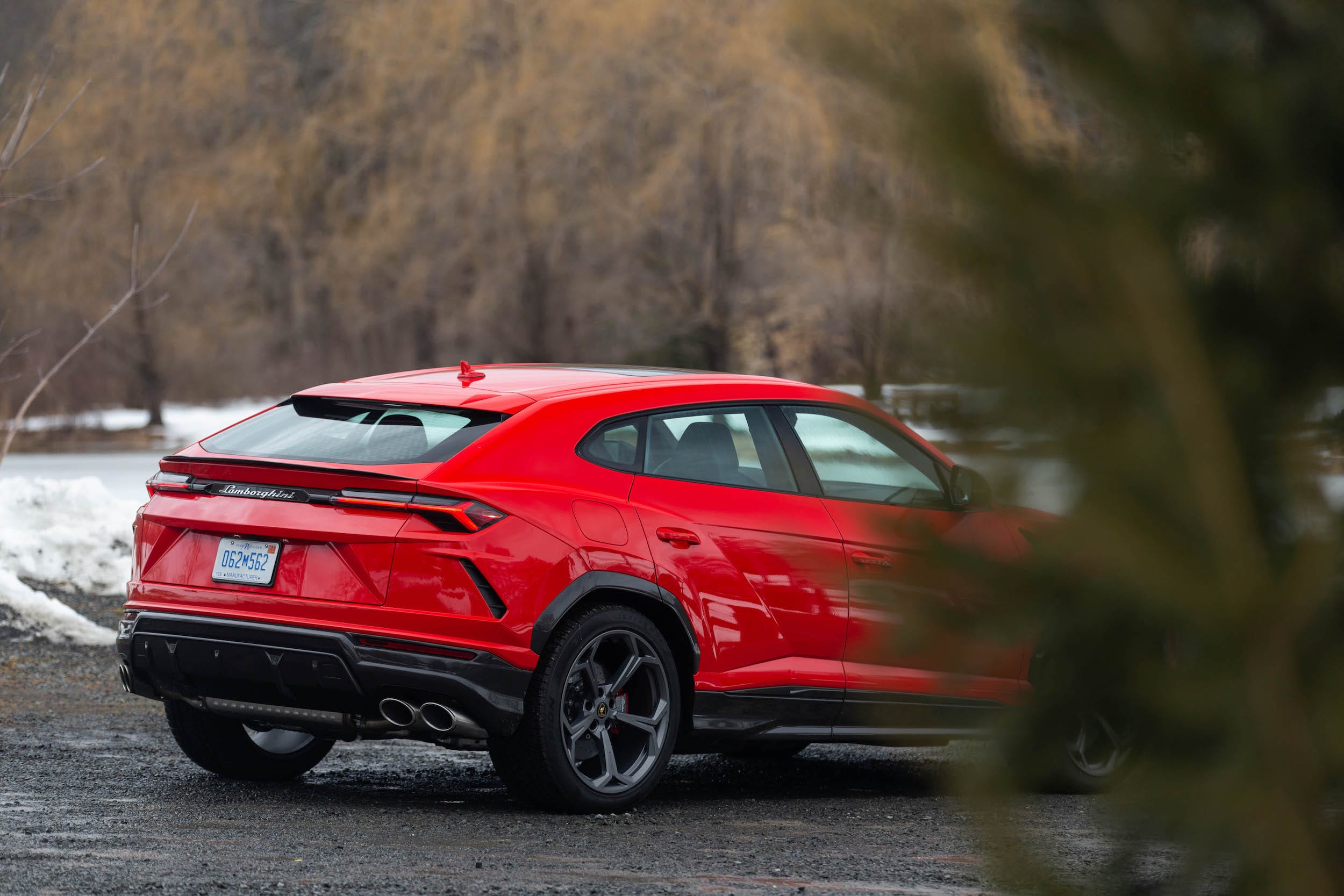
Kristen Lee
But Lamborghini pulled the job off spectacularly.
Defining characteristics of supercars typically include unmistakable presence, outlandish design, and monstrous power; the Urus has it all. It is laughably gargantuan in every way – a paper sketch of cartoonish superlatives brought to 3D life. Standing next to it is like standing next to a pointy house.
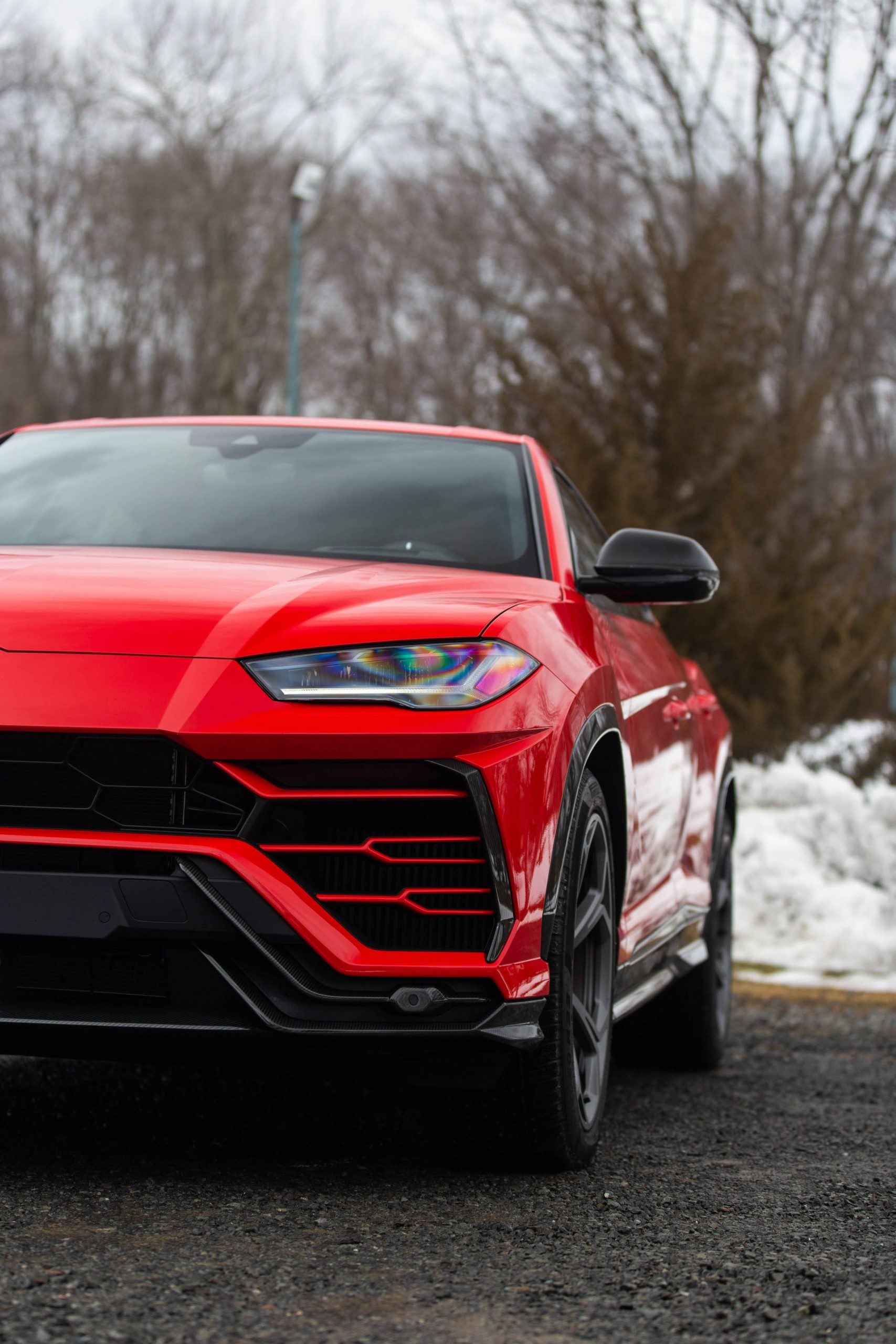
Kristen Lee
Enormous, puffed up fenders – sheltering up to 23-inch (!!) wheels – flank a wide, gaping maw of a front grille. Massive 10-piston front brake calipers obscure part of the 17.3-inch brake rotors – some of the largest offered on any production car.
Underneath, though, it rides on Volkswagen's MLB Evo platform. And because Volkswagen owns Lamborghini, that same platform also shows up in the Bentley Bentayga, Audi Q7 and Q8, and Porsche Cayenne and Cayenne coupe.
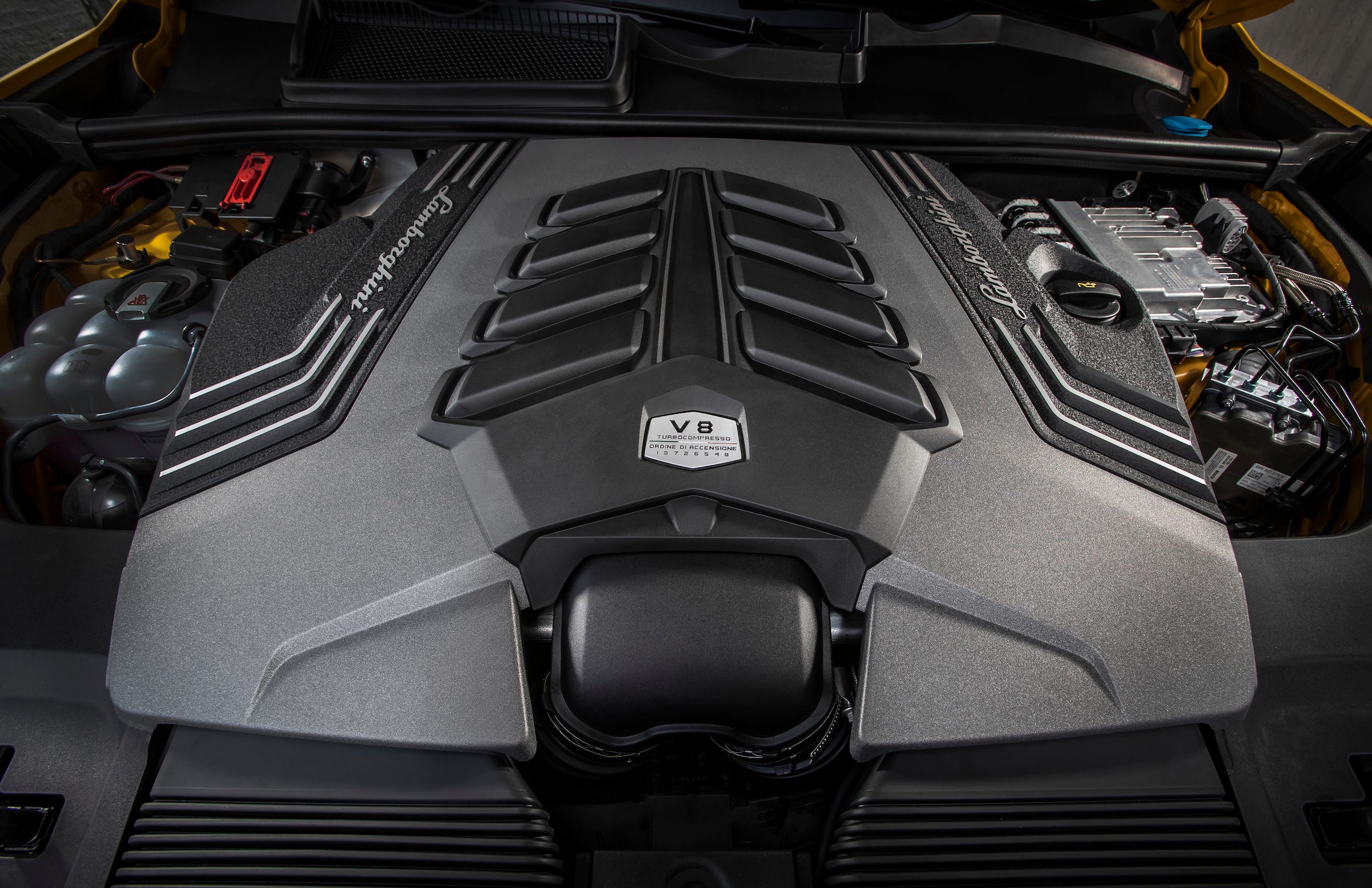
Lamborghini
The Urus' 4.0-liter, twin-turbocharged V8 is also the same one found in the Porsche Panamera Turbo and Cayenne Turbo. Though, in this application, it's been reworked to hilariously produce a claimed 650 horsepower and 627 pound-feet of torque. With an estimated 190-mph top speed and a 0-to-62-mph sprint of 3.6 seconds, the Urus' resume is indisputably one of a super SUV.
If you live near or frequent a racetrack, my professional advice would be to take your Urus there. Even if it's just once. Yes, the Urus is heavy, weighing in at some-5,300 pounds - or about two Honda Civics. But to wrangle all of that weight, everything else got beefed up, too. The power, four-wheel drive, suspension system, and brakes all work together as an impenetrable team to keep the heavy body in check.
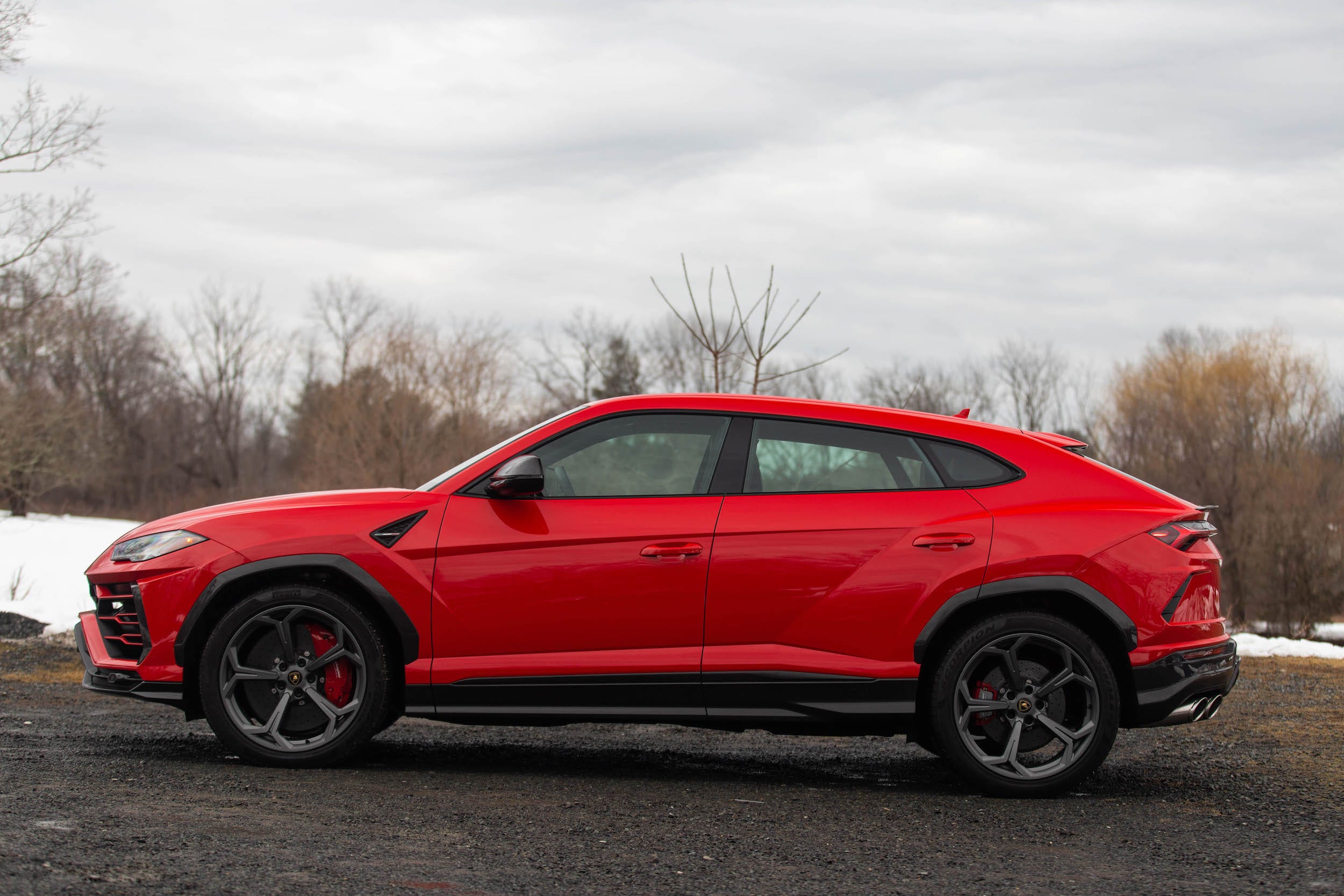
Kristen Lee
The result? You'll feel the Urus bend the laws of physics as you hammer it into corners and when the permanent four-wheel-drive system claws it back out again with more ferocity than any SUV that size has a right to. In track mode, there's shockingly little suspension lean. Those giant brakes aren't just for show, either; they scrub speed almost like a reverse thruster.
Around town, the Urus drives far less dramatically than its shouty exterior would suggest. (It is a big, expensive Audi underneath, remember.) There's just a lot to keep track of: the vast hood extends down past your sight line and rear visibility isn't the best. And knowing that you're rolling around on giant wheels and low-profile (see also: thin) tires, you take pains to be extra careful when maneuvering in tight spaces, lest you curb something.
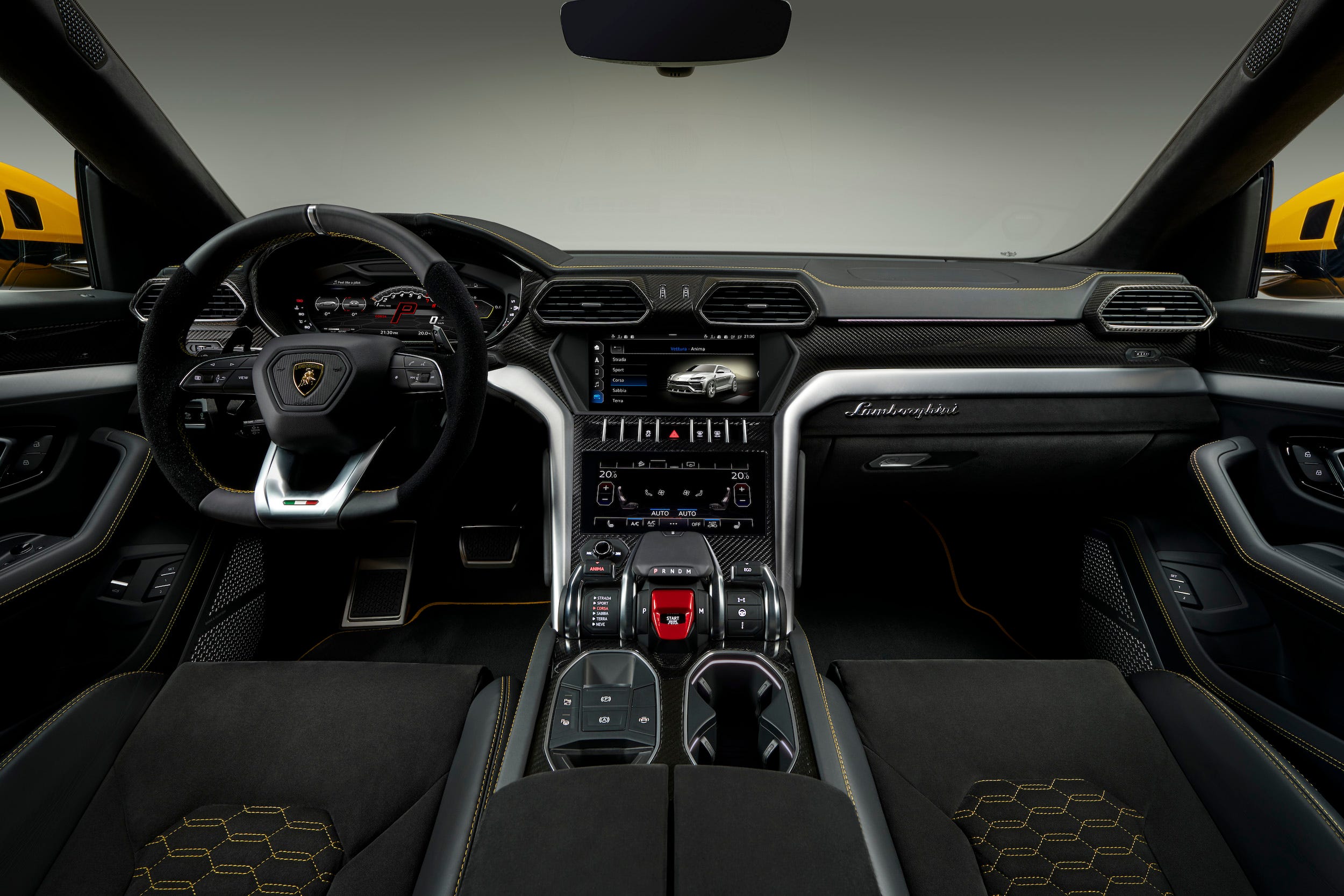
Lamborghini
In the Urus' most comfortable driver setting, the easygoing suspension doesn't shake you to bits like it would in a pure supercar and the steering remains deceptively light for how large the SUV is. The eight-speed automatic gearbox is smooth, but learning to modulate the brakes for fluid stops did take a little getting used to since they tended to grab more forcefully at the top of the pedal travel.
After spending a weekend with the Urus largely tooling around the suburbs, I got the sense that the big Lamborghini is perfectly happy to do low-speed stuff despite the available 650 horsepower on tap. It doesn't feel impatient or frustrated with sitting in traffic or waiting for lights to turn green, and it's roomy enough that rear passengers have plenty of space. No wonder my friends in Los Angeles say they're a dime a dozen.
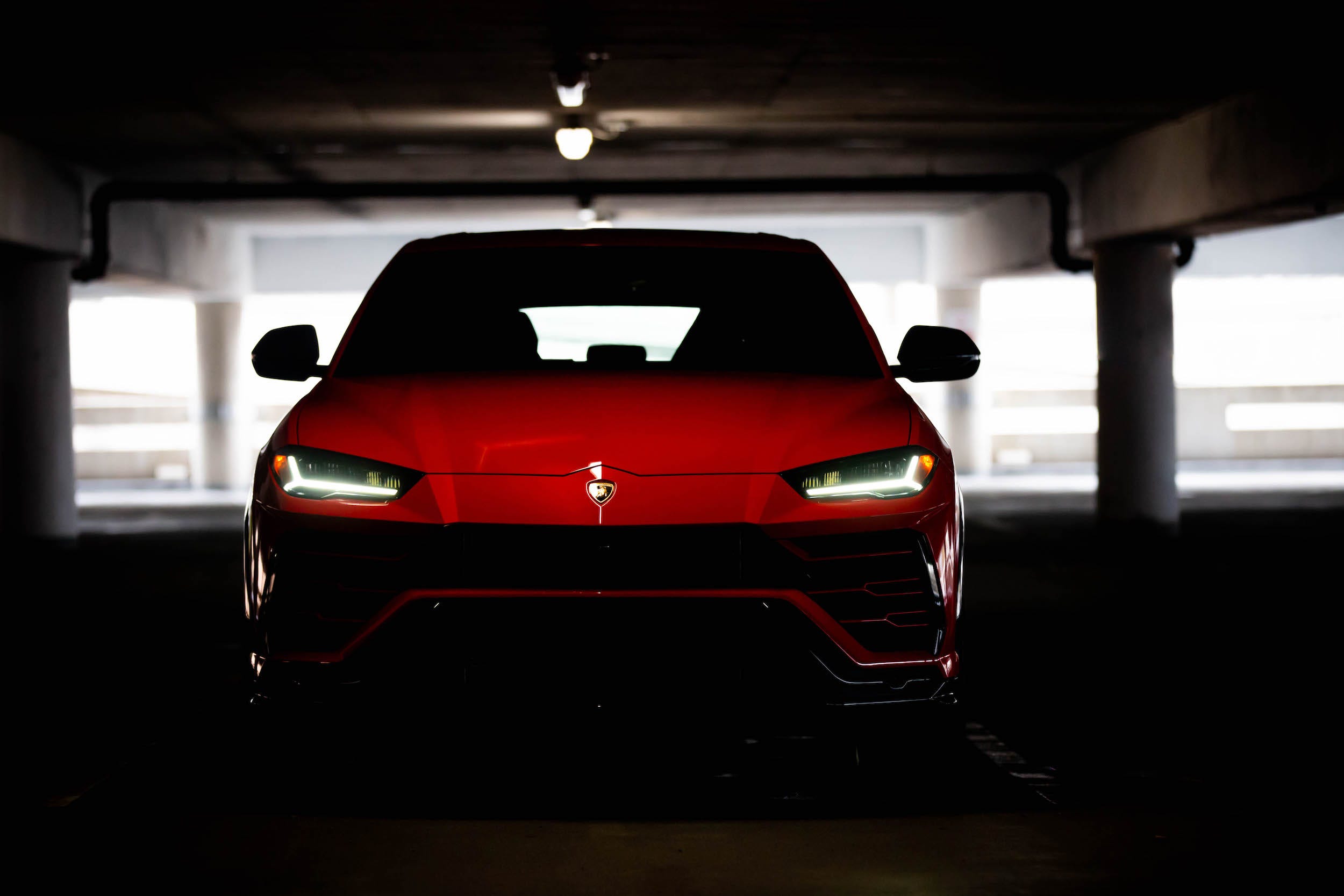
Kristen Lee
Poke the bear (the throttle) even a little bit, though, and the Urus' brutality busts free. With a snarling V8 exhaust note filling the cabin, the SUV leaps forward with the savagery of a two-ton cannonball. Whomever you're trying to pass in that moment will become a tiny speck of distant memory in no time.
Old Italian supercars are well-known for their "quirkiness" - a word that in reality means "flaws" and "poor design" but was adopted by car enthusiasts to justify their purchases. Electronic gremlins, mysterious leaks, and frequent breakdowns have a reputation of plaguing them, but the most masochistic of owners will merrily tell you that's just part of the ownership experience.
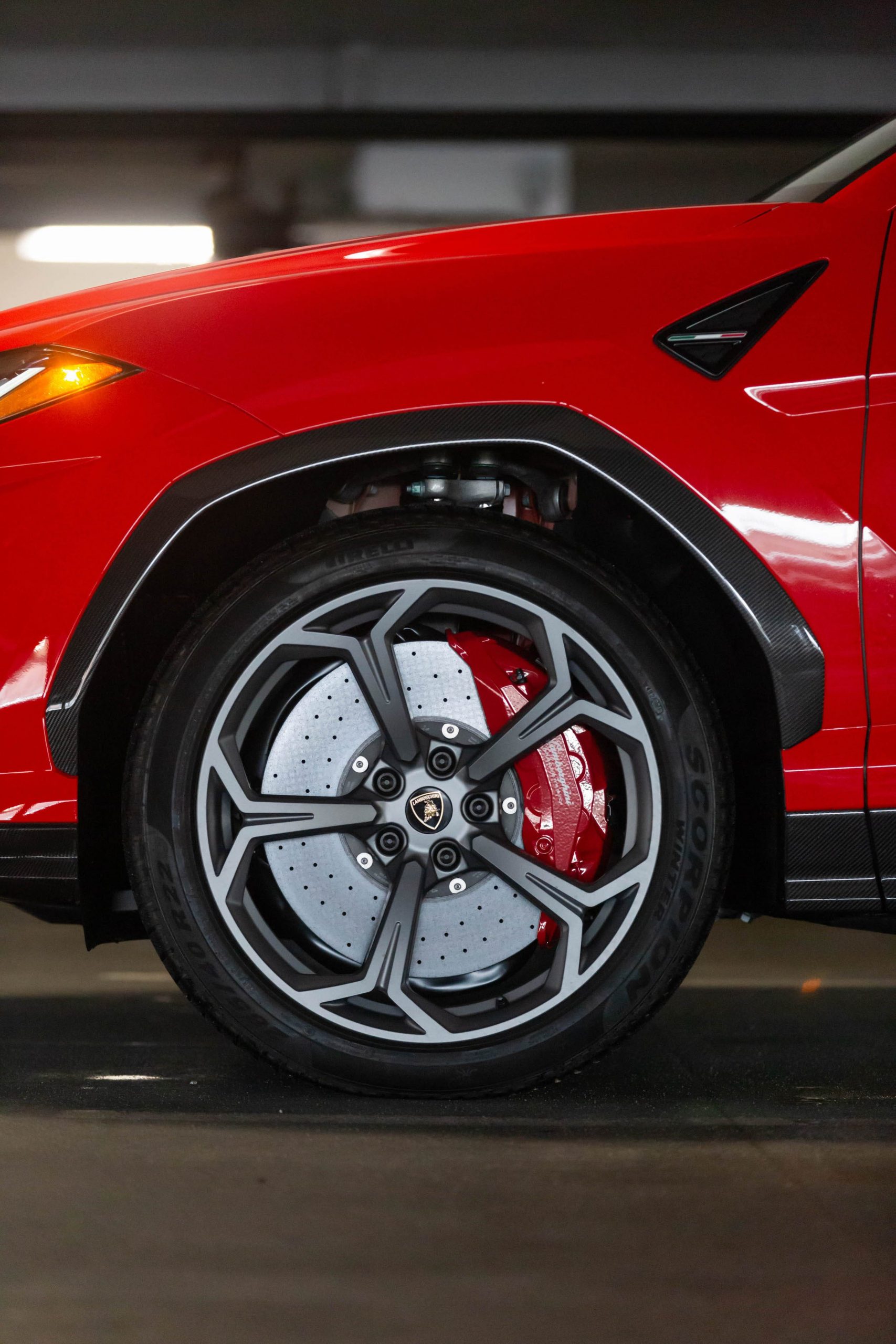
Kristen Lee
The Urus, though technically an Italian supercar (OK, OK, an Italian super-SUV with modern German internals from Volkswagen) does away with sacrifices you'd have to make if you wanted a traditional supercar. It's comfortable, practical, and doesn't drive like it's being held together by tree sap and dreams. But there are two quirks I'd like to point out.
The first: Putting the Urus in reverse or park is controlled by the big Tamburo drive-mode selector. Putting it into drive, however, involves you pulling on the right gear-change paddle. And unfortunately, because the paddles are wheel-mounted and not steering column-mounted, they move when you turn the wheel.
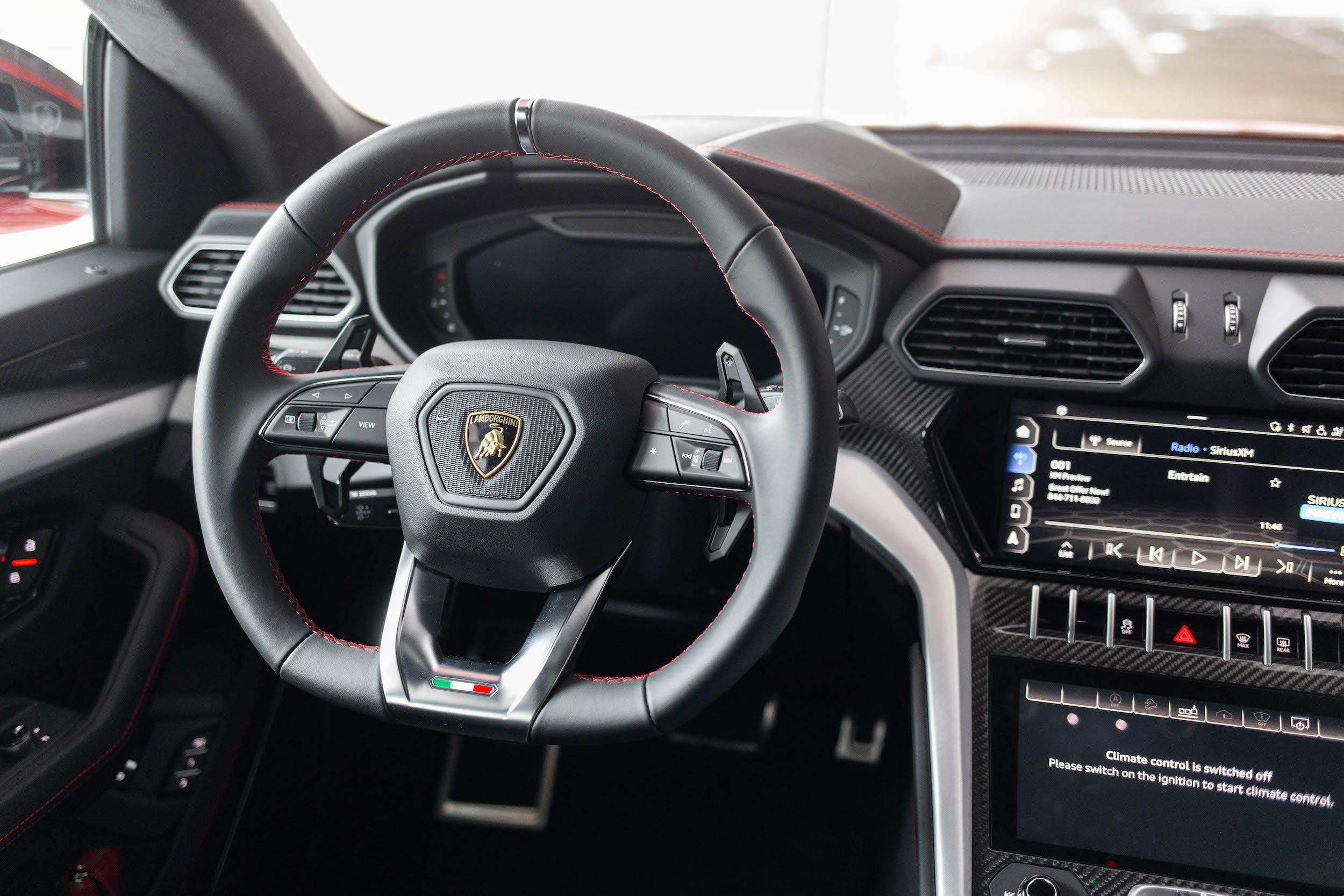
Kristen Lee
Think of performing a multi-point turn. You need to reverse, inch backward, cut the wheel, put it in drive, cut the wheel some more, and inch forward. At some point in there, everyone needs to put the car back in drive while the wheel is turned. And owing to the Urus' design quirk, you might need to search along the steering wheel for the correct paddle before being able to do so.
The second: It's hard not to notice how many similarities the Urus shares with an Audi. The two have the same dashboard fonts, door lock chime, the same haptic feedback on the infotainment touch screen, and similar fuel gauge counters. Open the trunk for the spare tire and jack and you'll find that everything is stamped with the Audi logo.
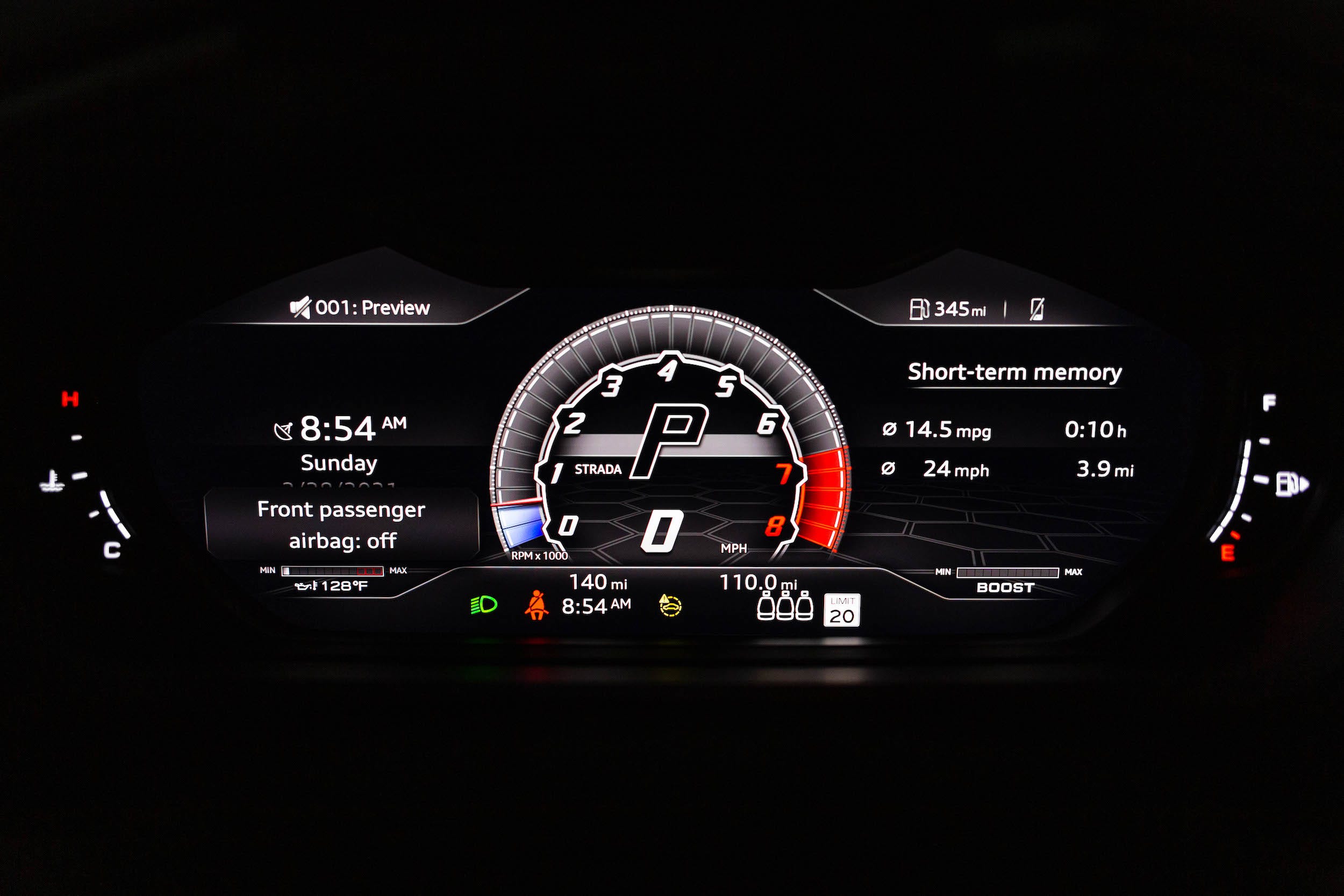
Kristen Lee
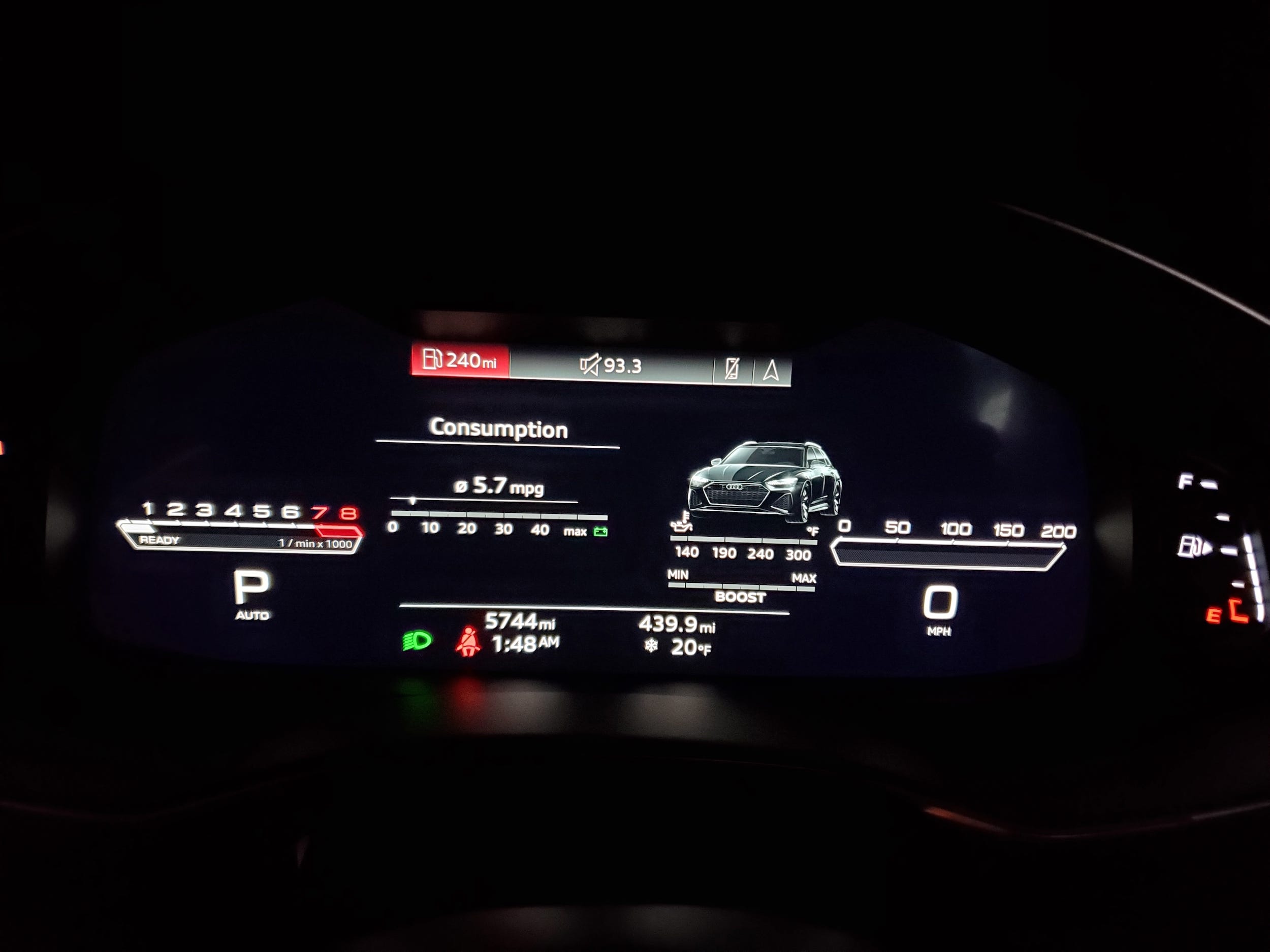
Kristen Lee
This feeling carried over to the way the Urus drove. Don't get me wrong, I thought it did the job extremely well. But if you were to cover up all the Lamborghini logos everywhere and tell me I was driving an Audi, I'd be none the wiser.
Save for the occasional bursts of acceleration and this side of a closed-course racetrack, the Urus didn't strike me as transcendent the way a $272,000 car should have.
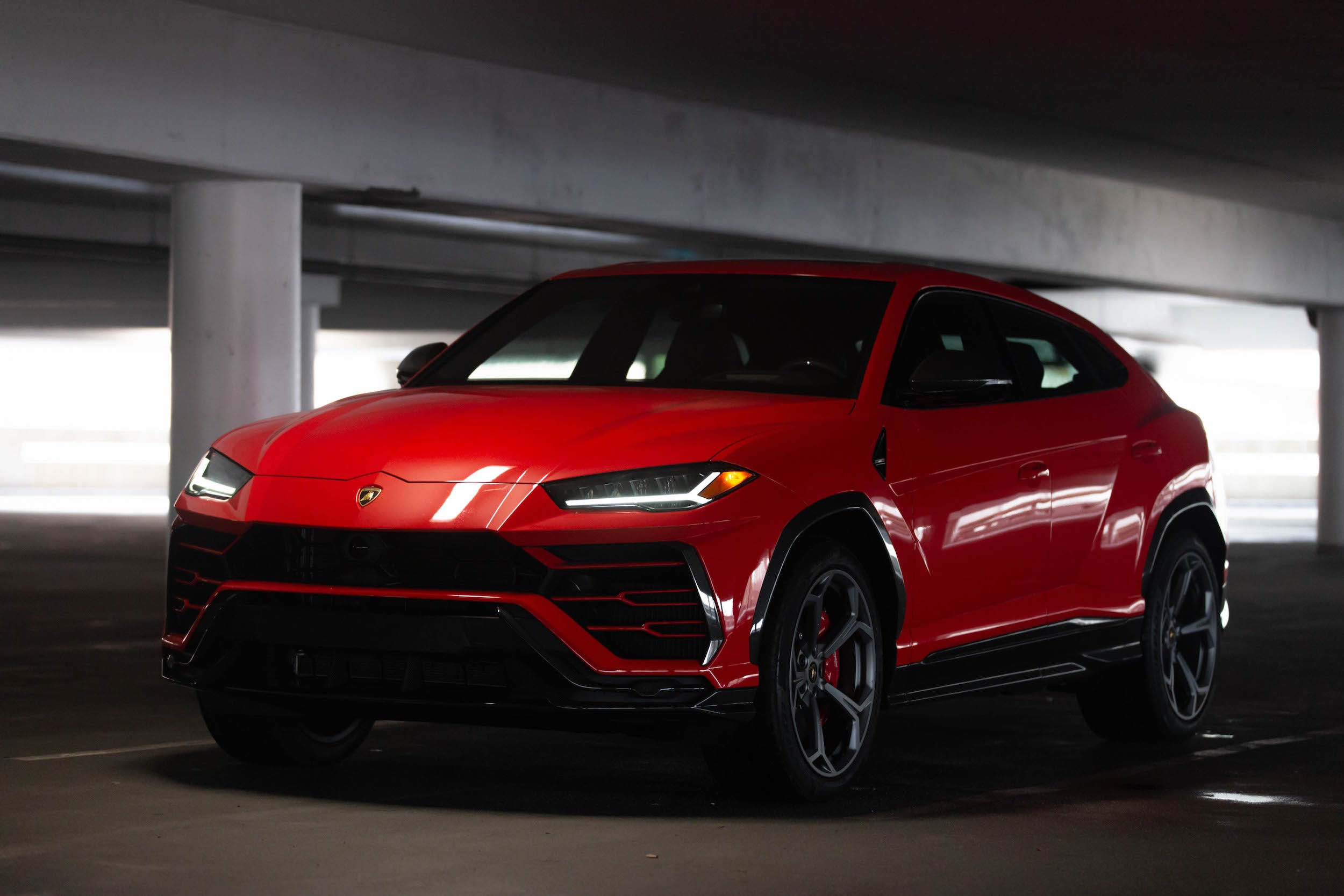
Kristen Lee
But I also understand that this is very much a Me Problem; the 4,391 people who bought Uruses (Uri?) last year clearly disagreed, and that's just fine. For anyone keeping track, the Urus accounted for 59% of Lamborghini's overall sales of 7,430 cars in 2020.
More than half of all the cars the Italian automaker sold in 2019 were also Urus SUVs - meaning that with a roughly $200,000 starting price, customers spent more than $1 billion on them that year.
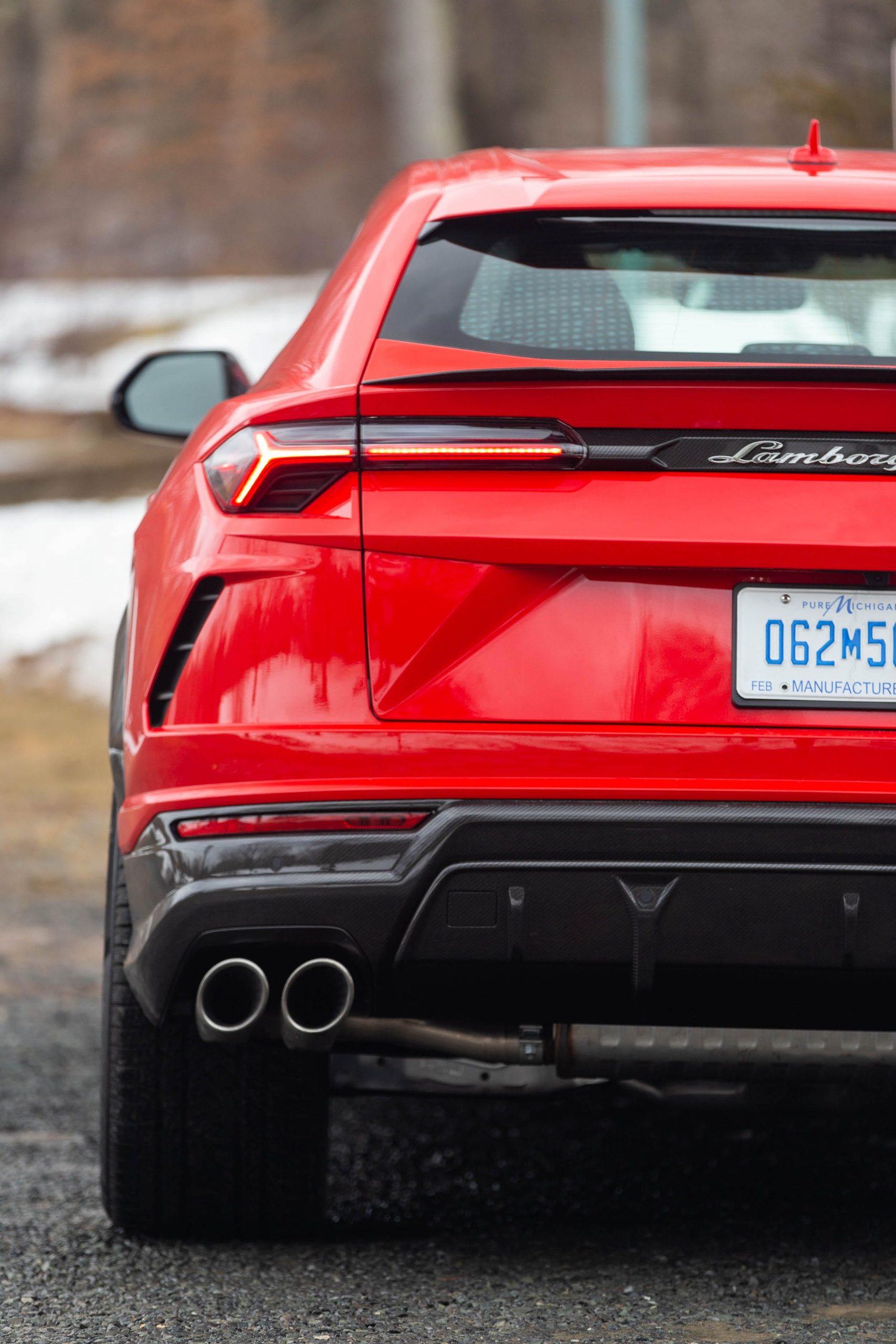
Kristen Lee
This is not to say that there aren't other opulent SUVs, because there are. Rolls-Royce makes the Cullinan, Bentley has the Bentayga, and Aston Martin's got the DBX. But of the bunch, the Urus is the most obvious pick for supercar fanatics.
The Urus is the brashest. The boldest. It's definitely the most powerful, truly deserving of the title of a super SUV. Among all the SUVs, it's deservedly crowned king.
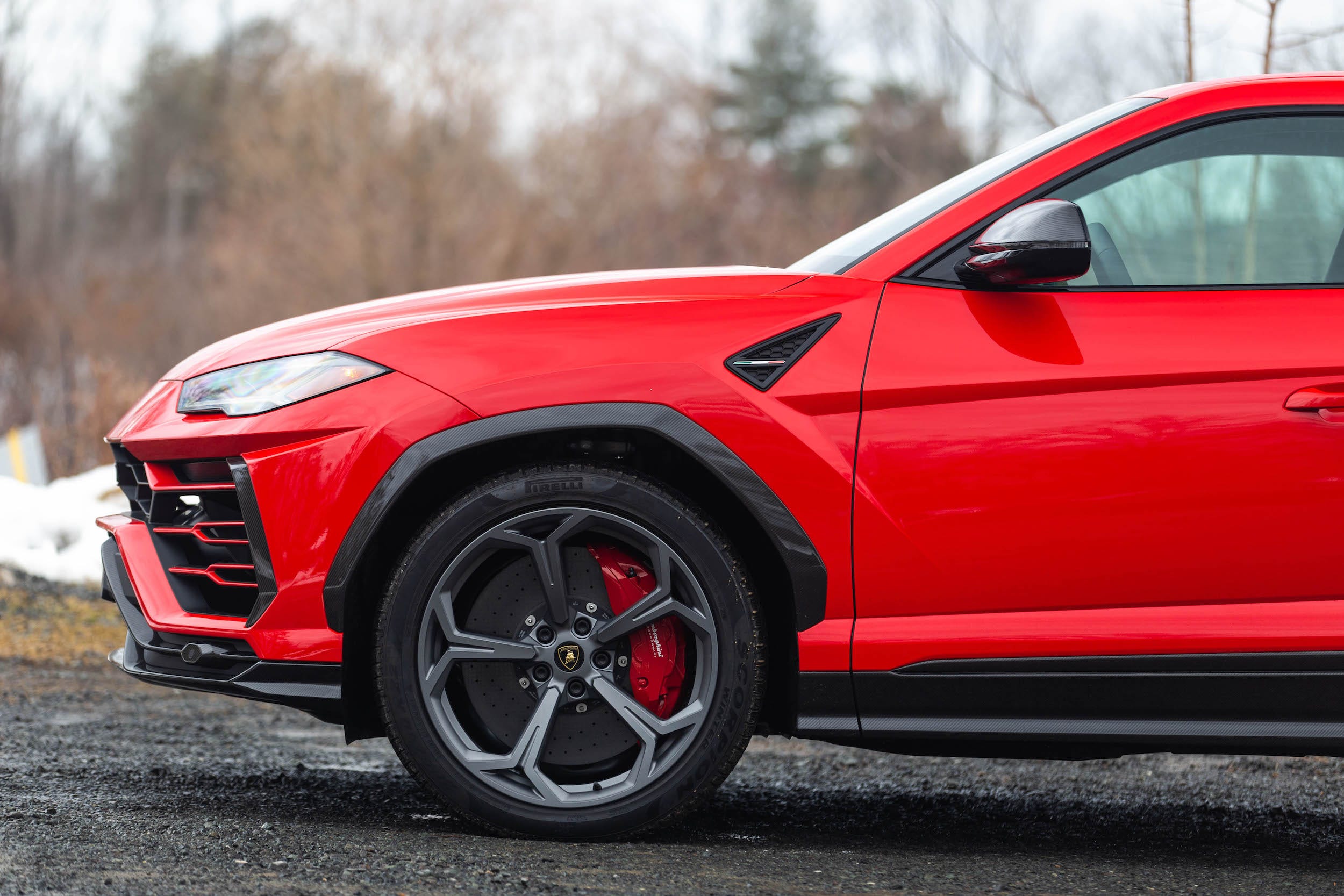
Kristen Lee
Thanks to Volkswagen ironing out those traditional Italian supercar-isms and "quirks," the Urus is ideal for those seeking the flashy and ostentatious in a comfortably practical SUV. Despite feeling like an Audi underneath to me, the starting price and Lamborghini branding only elevates the Urus' status - which is the whole reason you buy one of these things to start with.
♦♦♦
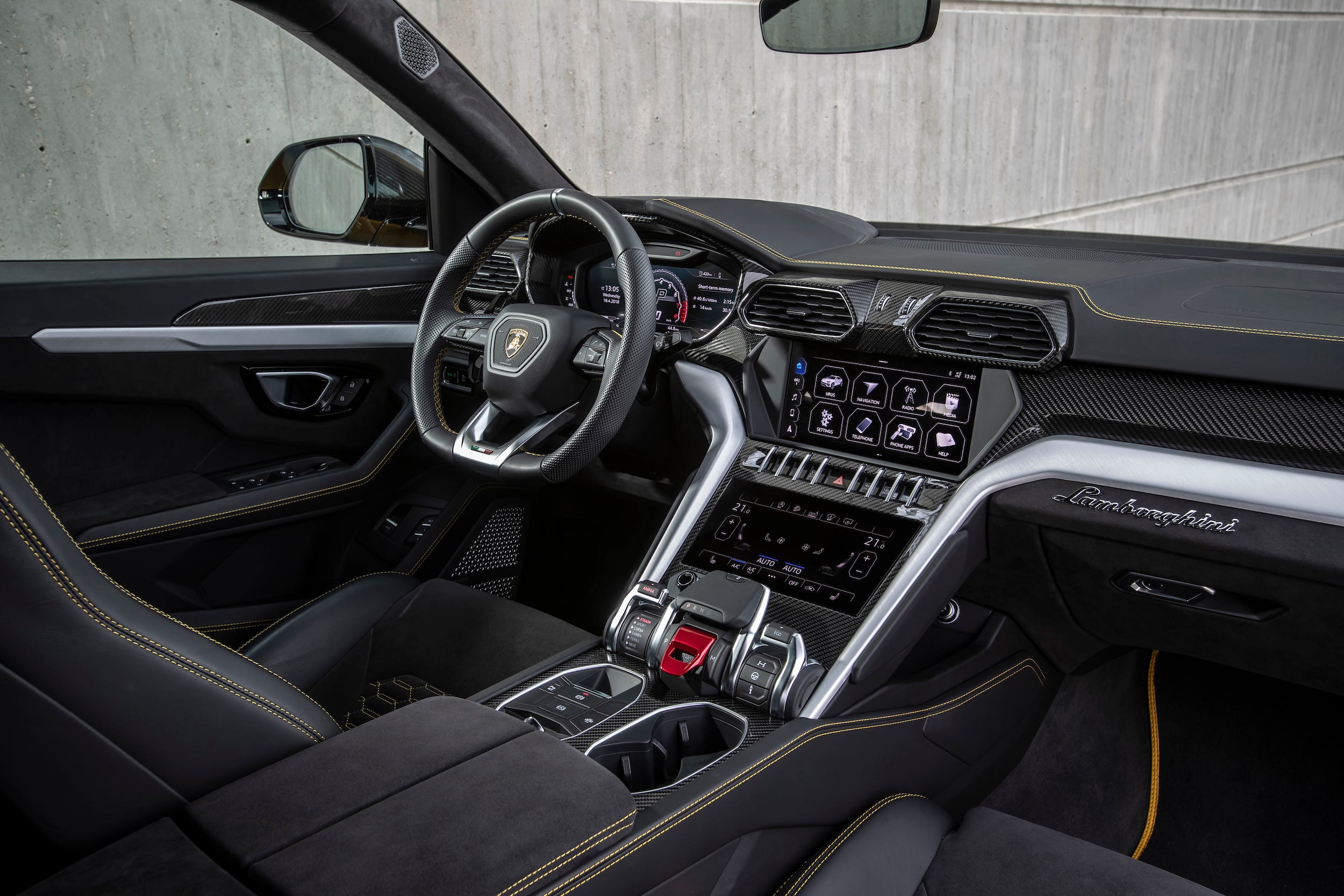
Lamborghini
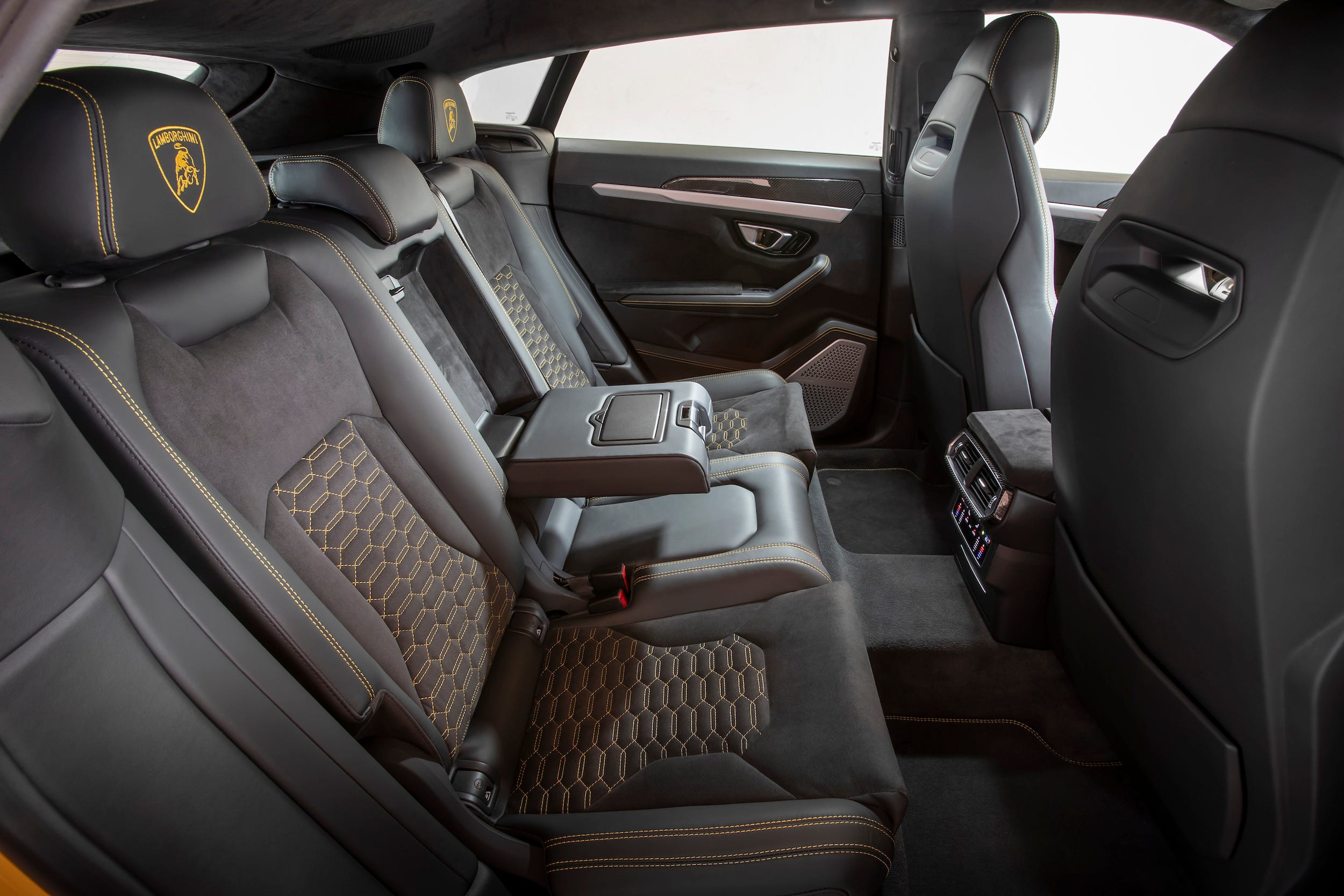
Lamborghini
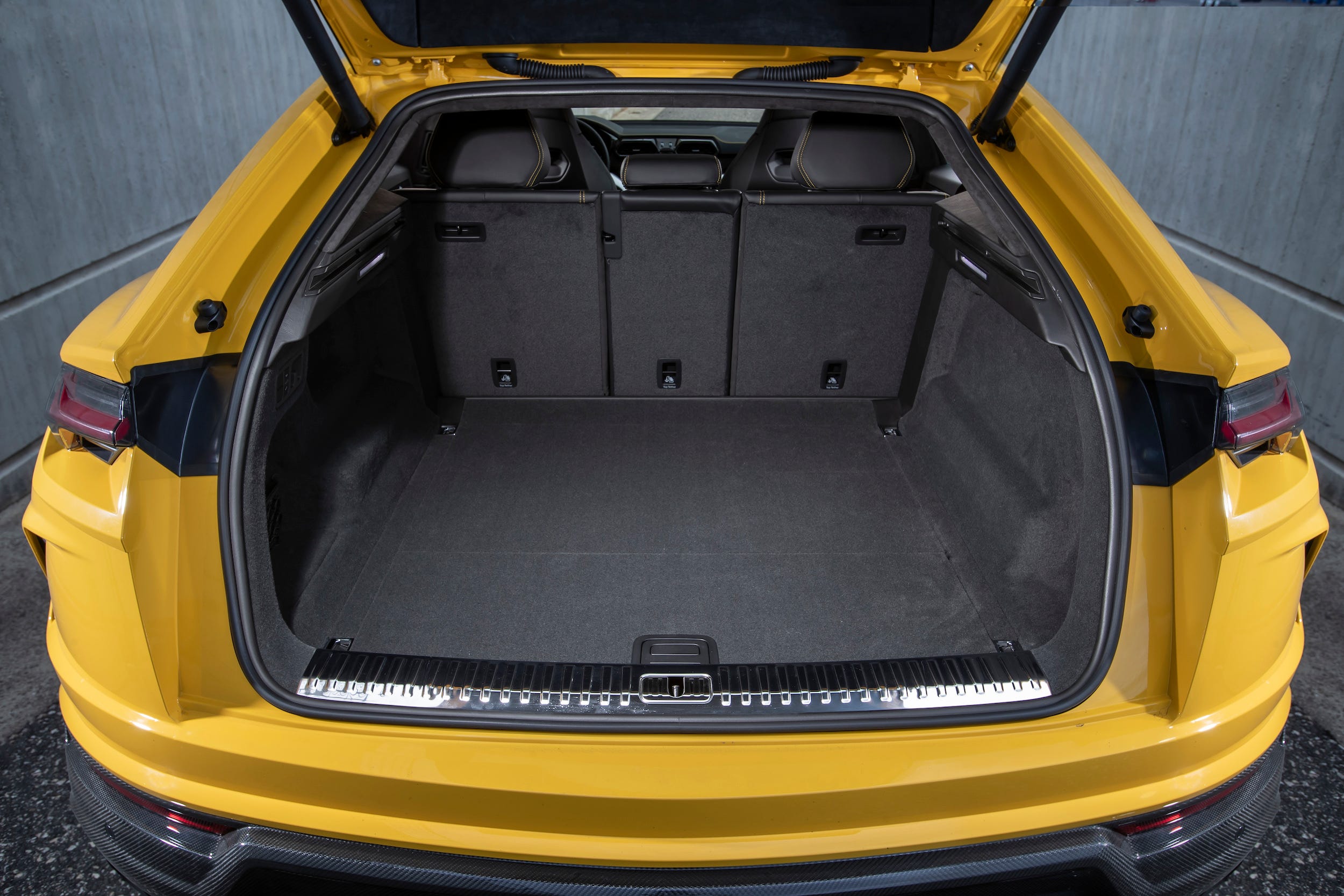
Lamborghini
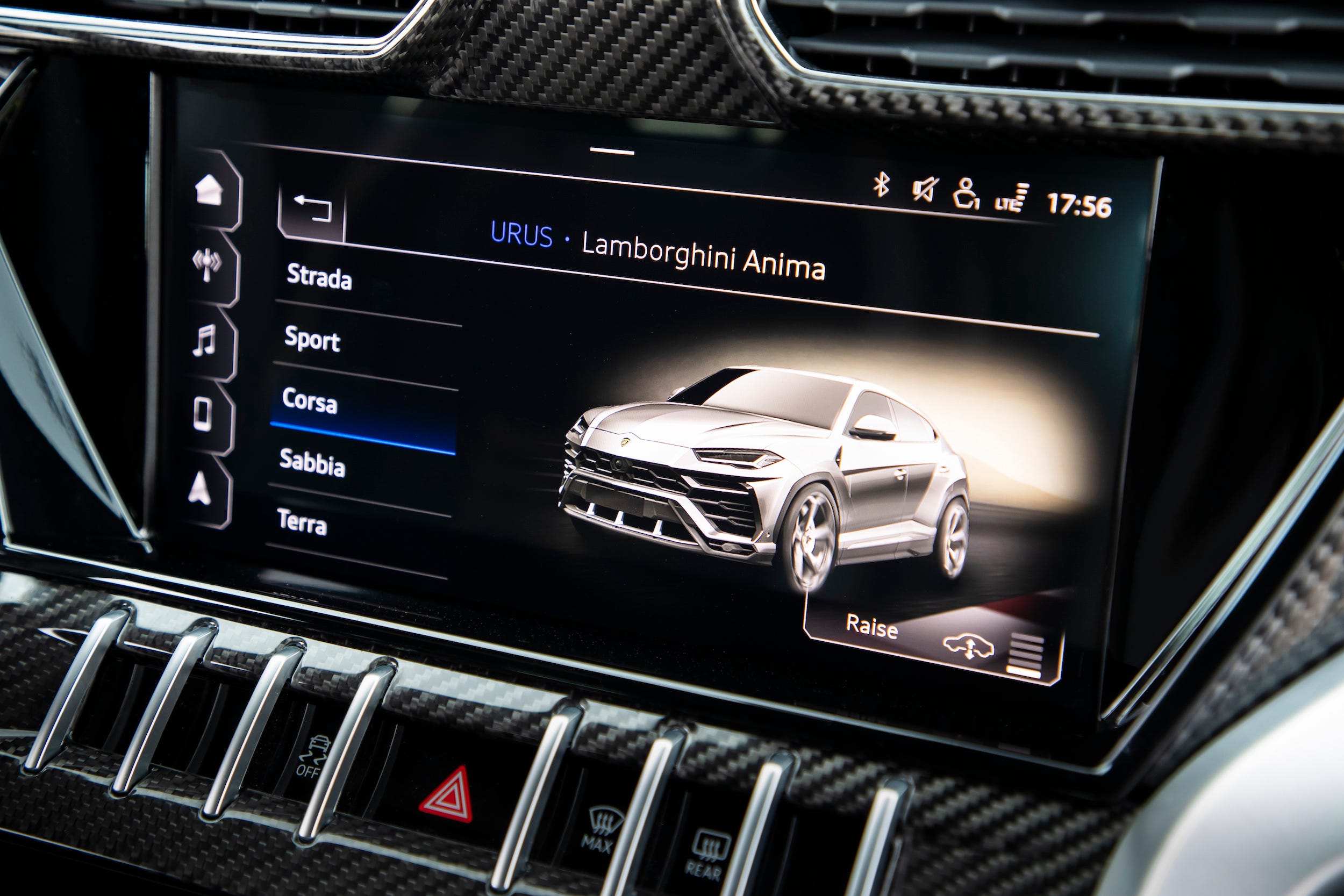
Lamborghini
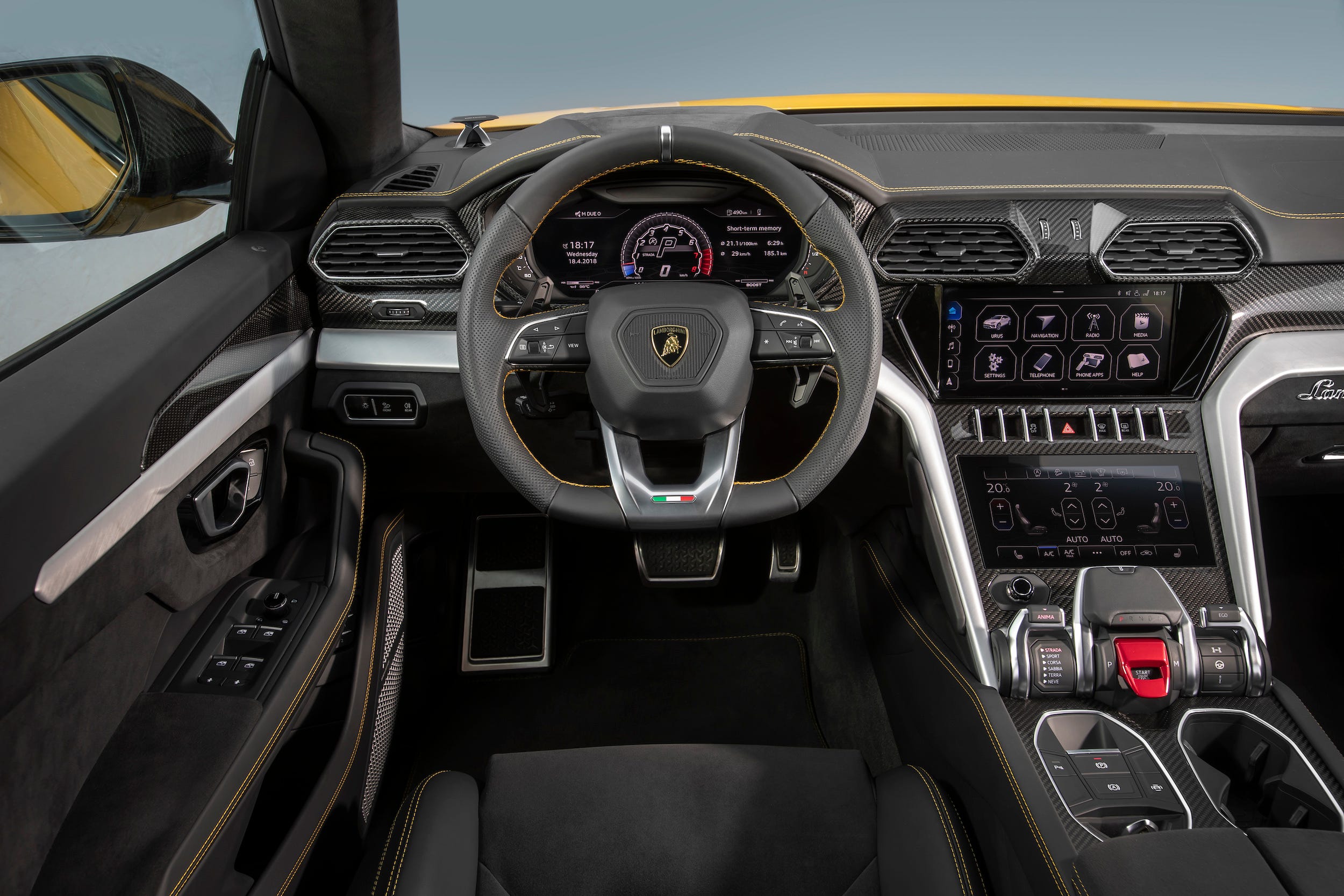
Lamborghini
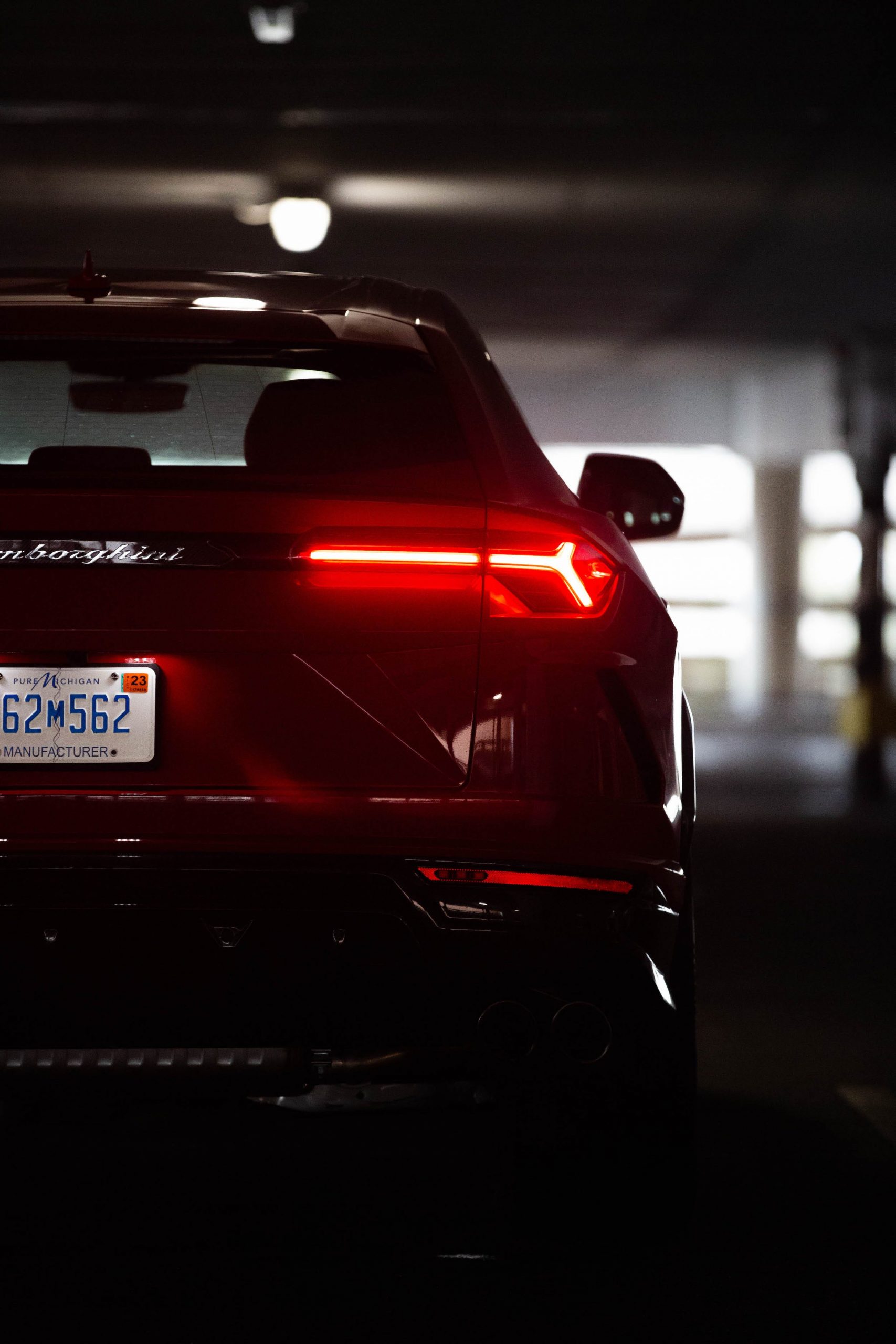
Kristen Lee
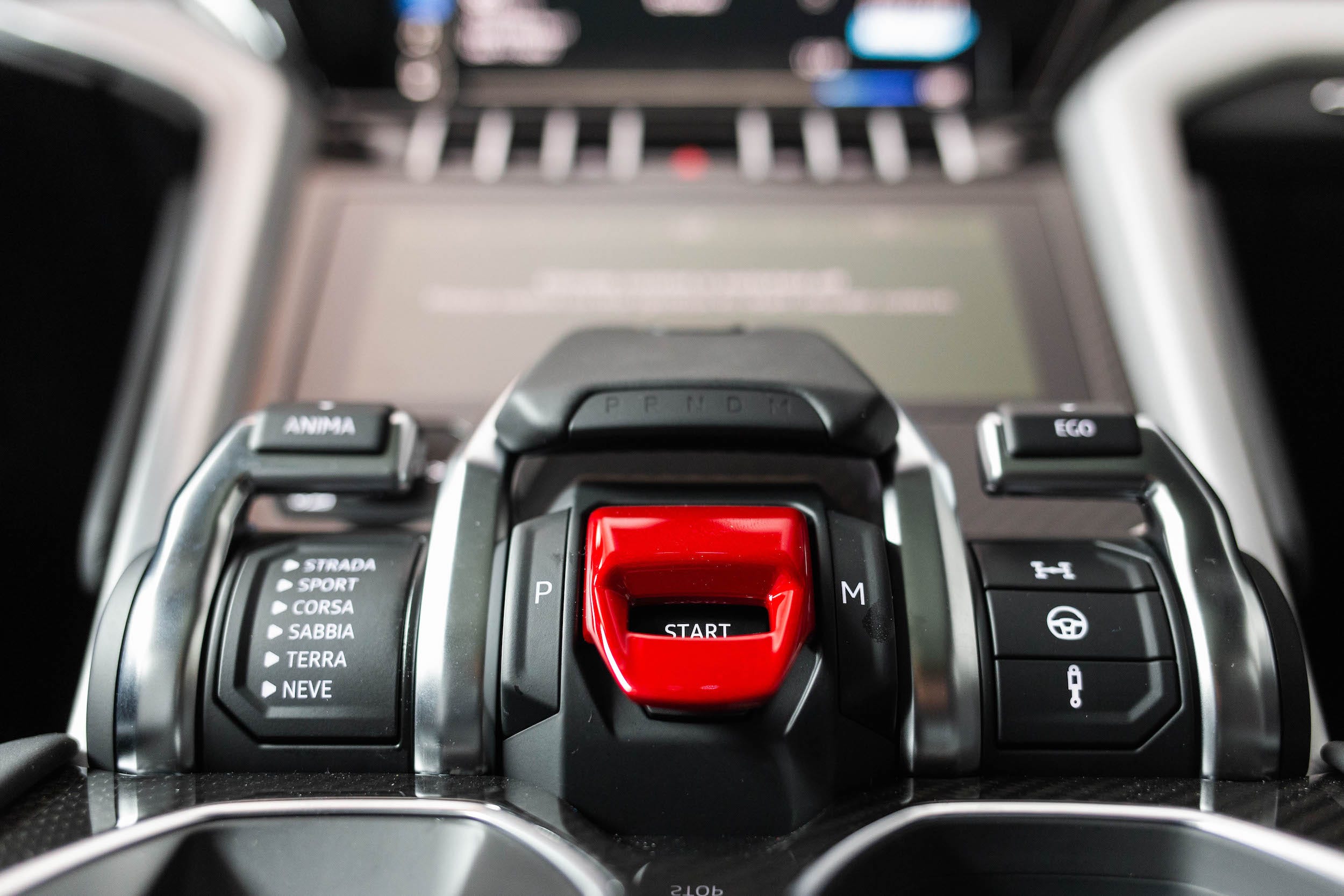
Kristen Lee
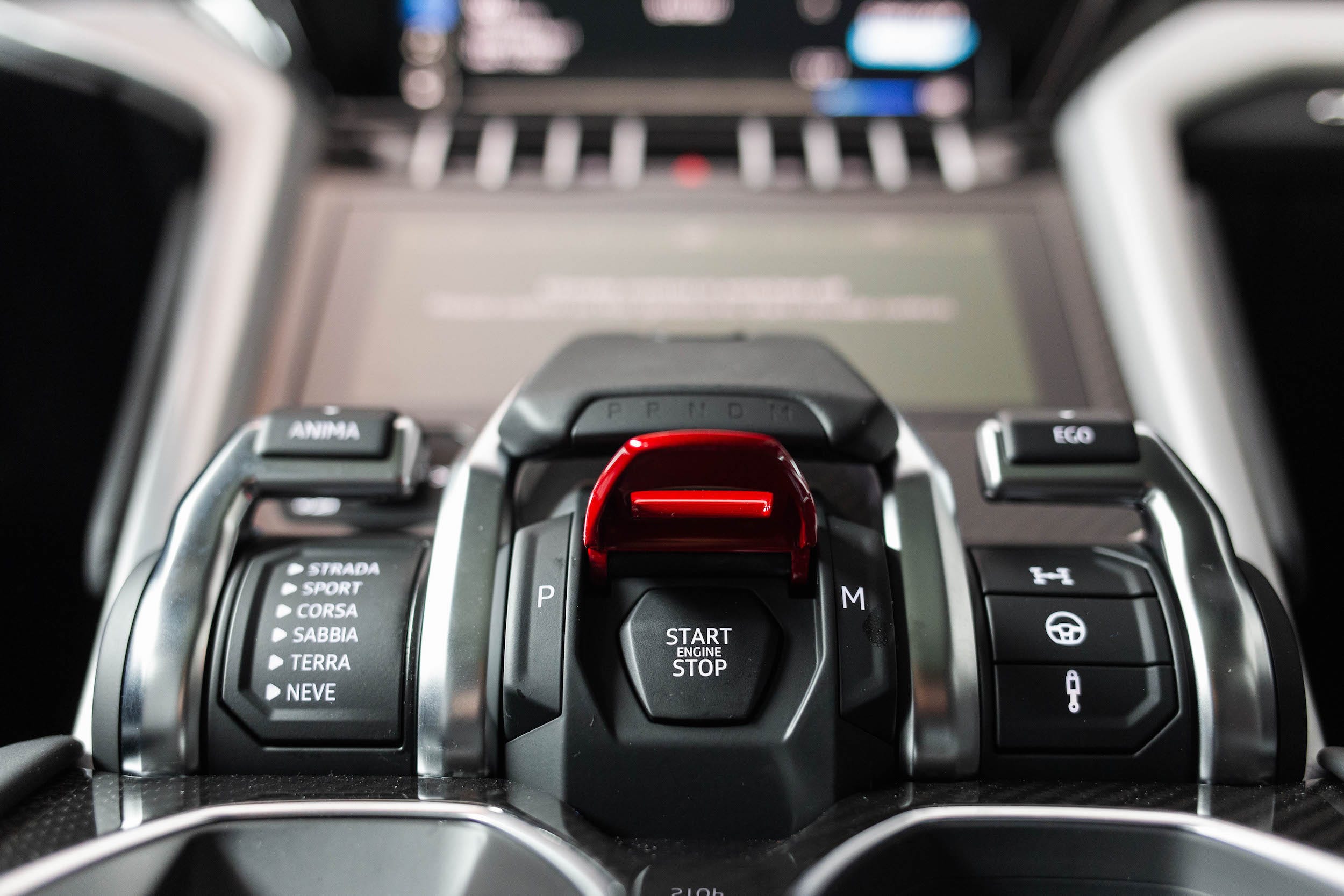
Kristen Lee
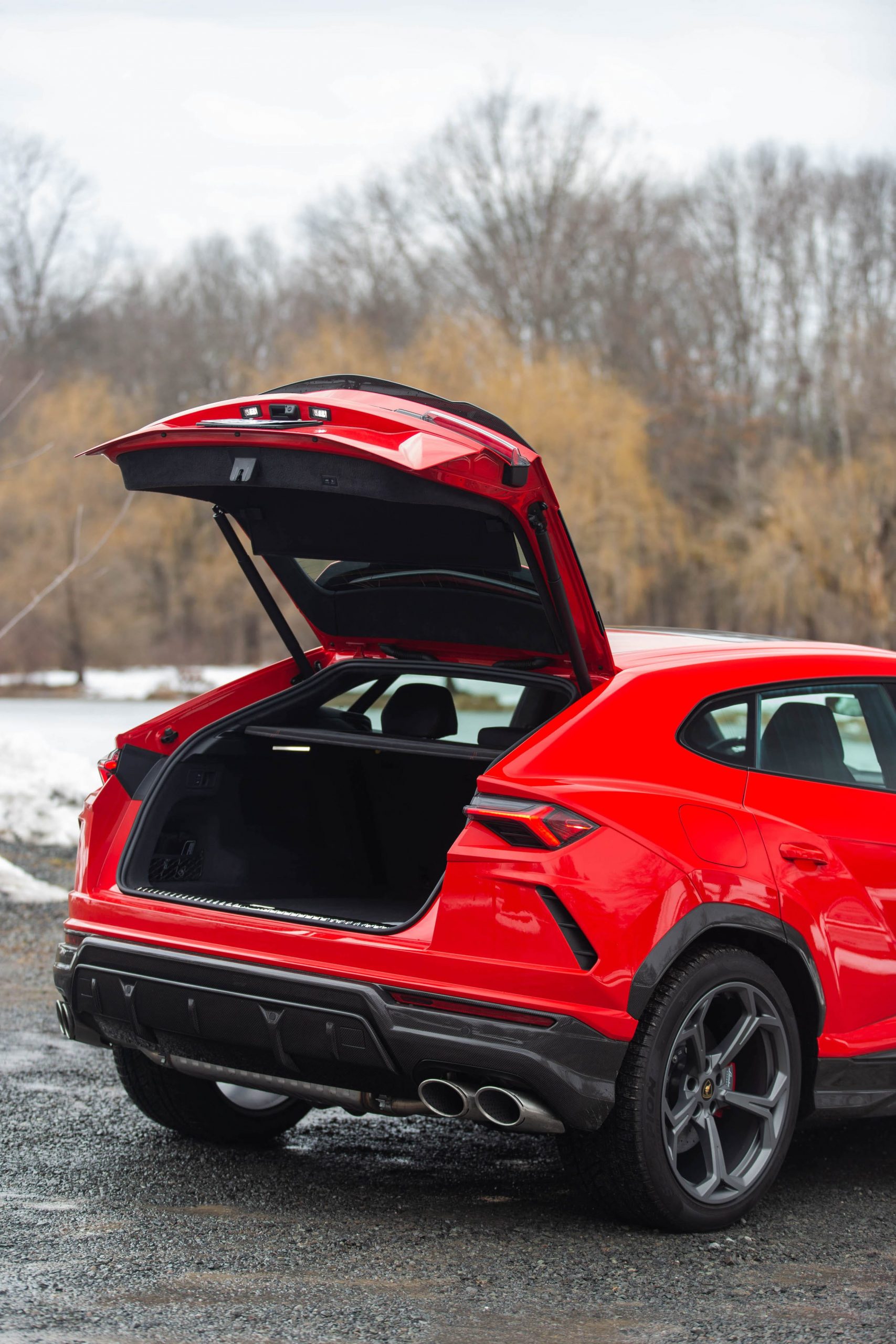
Kristen Lee
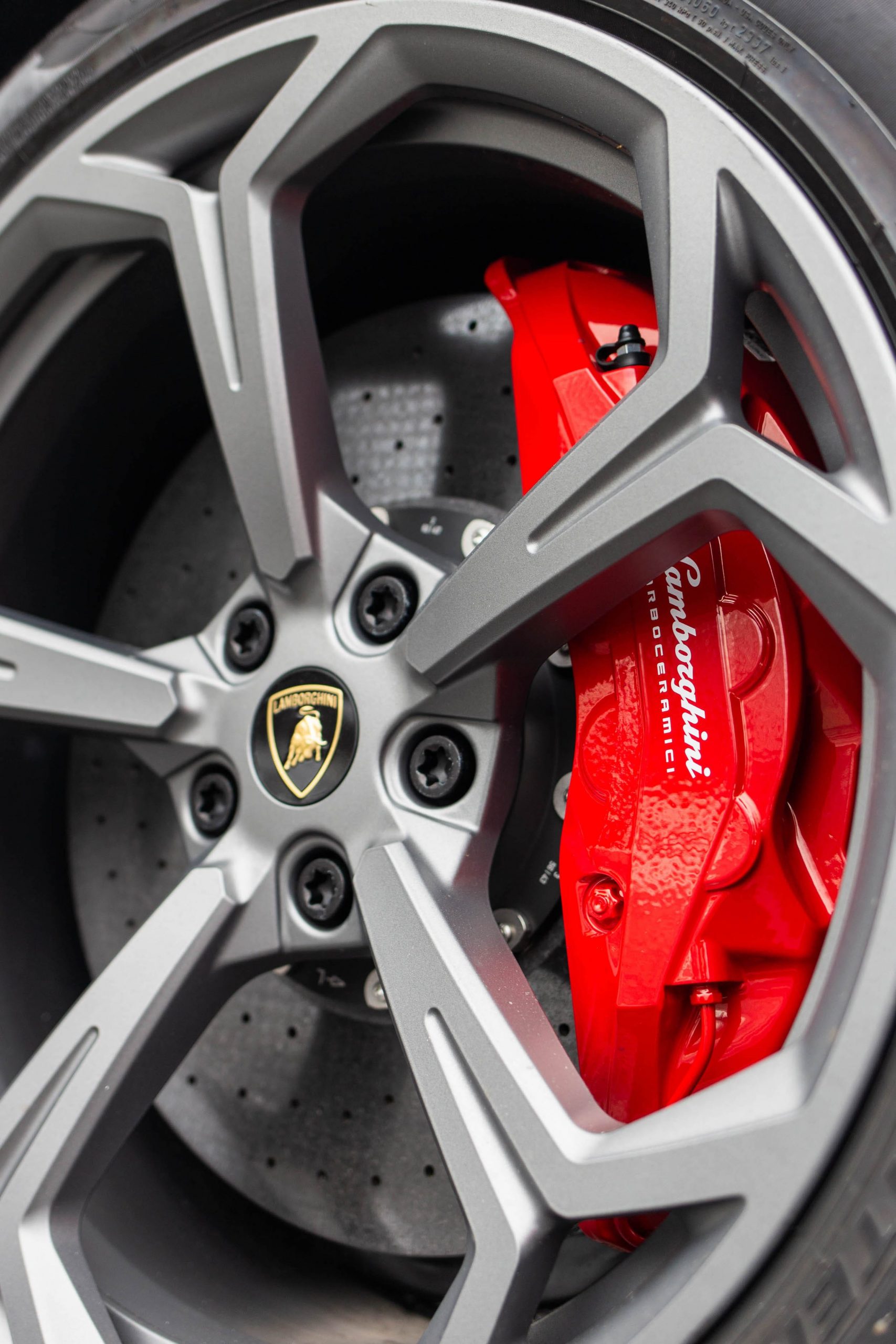
Kristen Lee
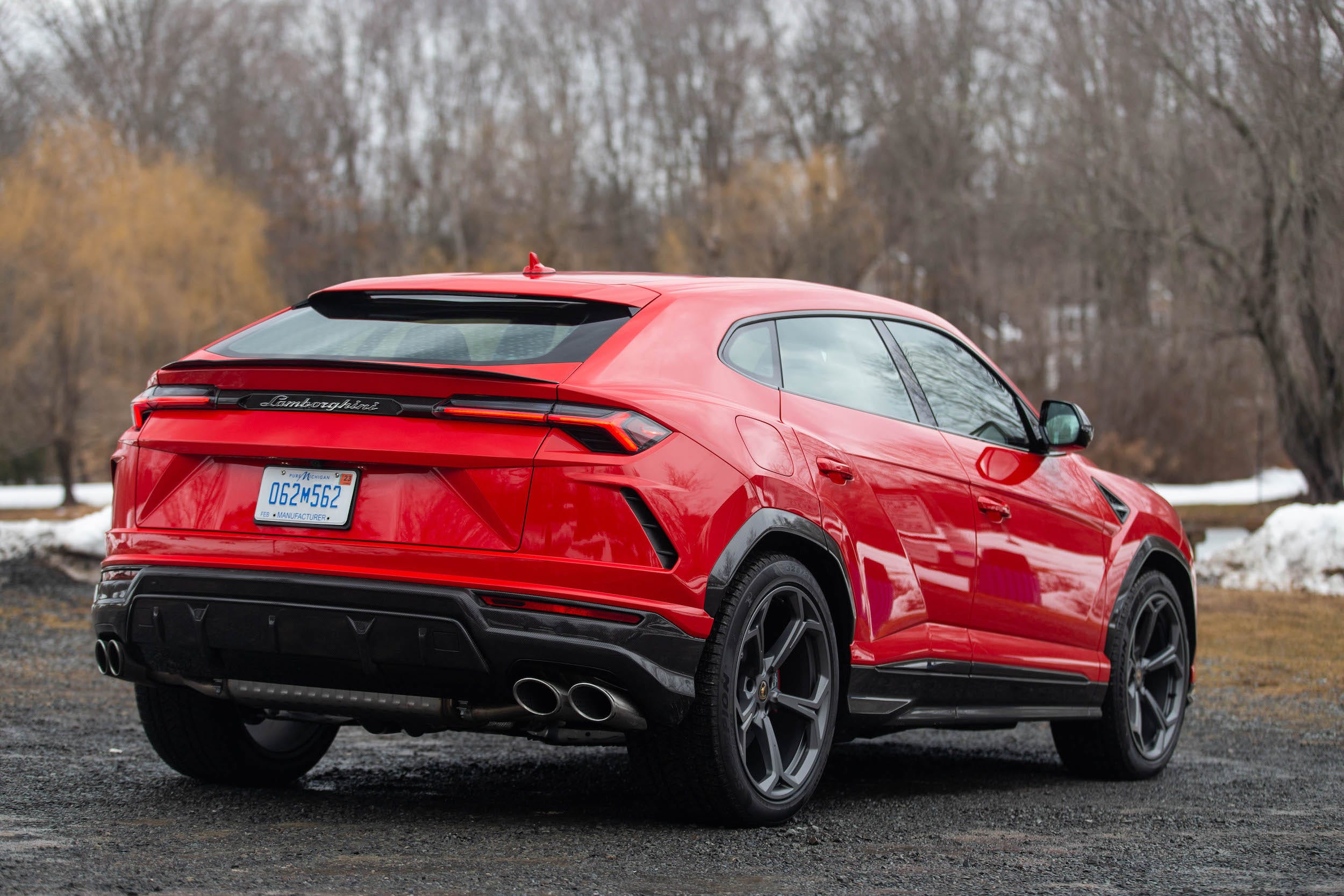
Kristen Lee
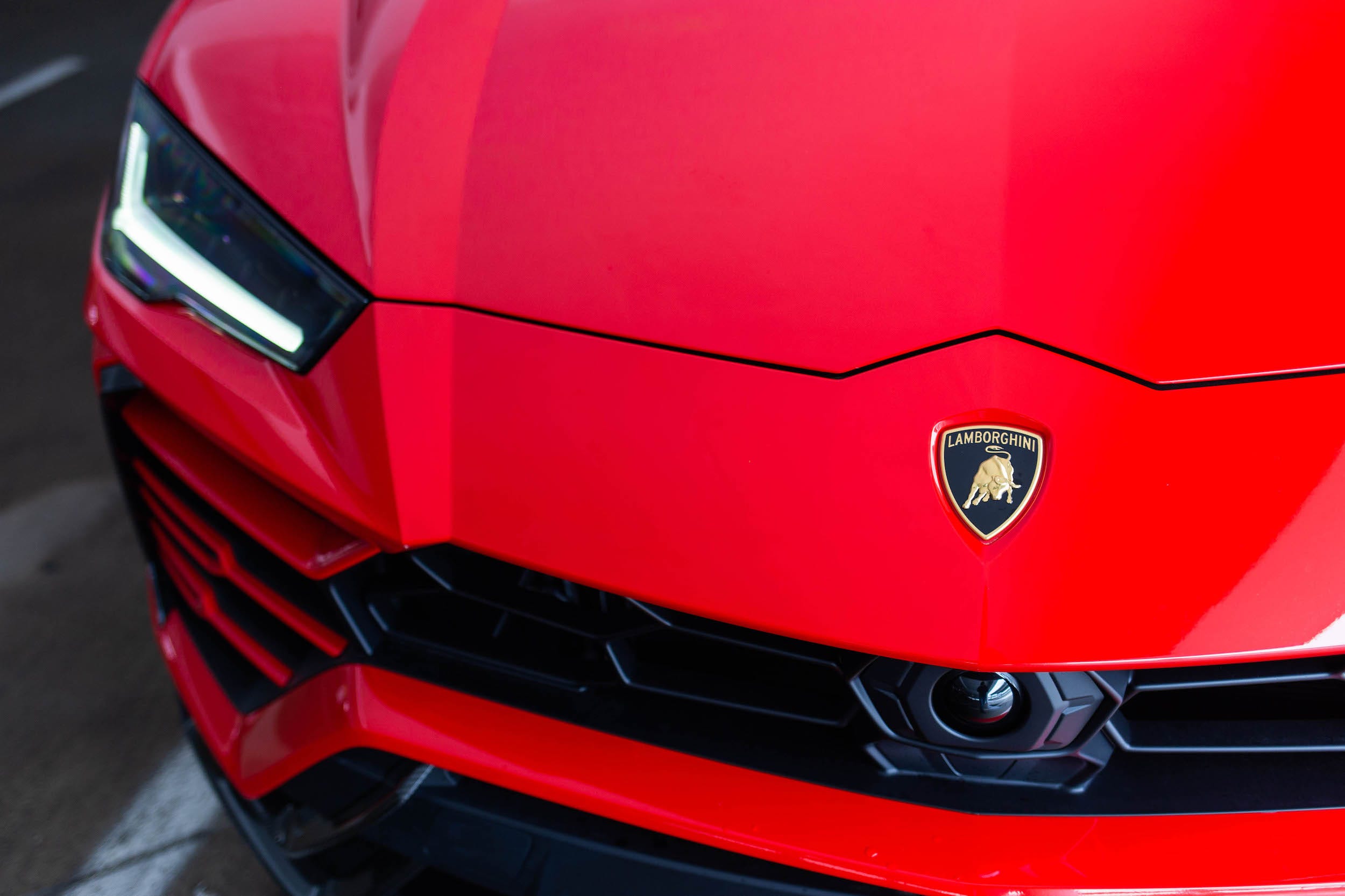
Kristen Lee
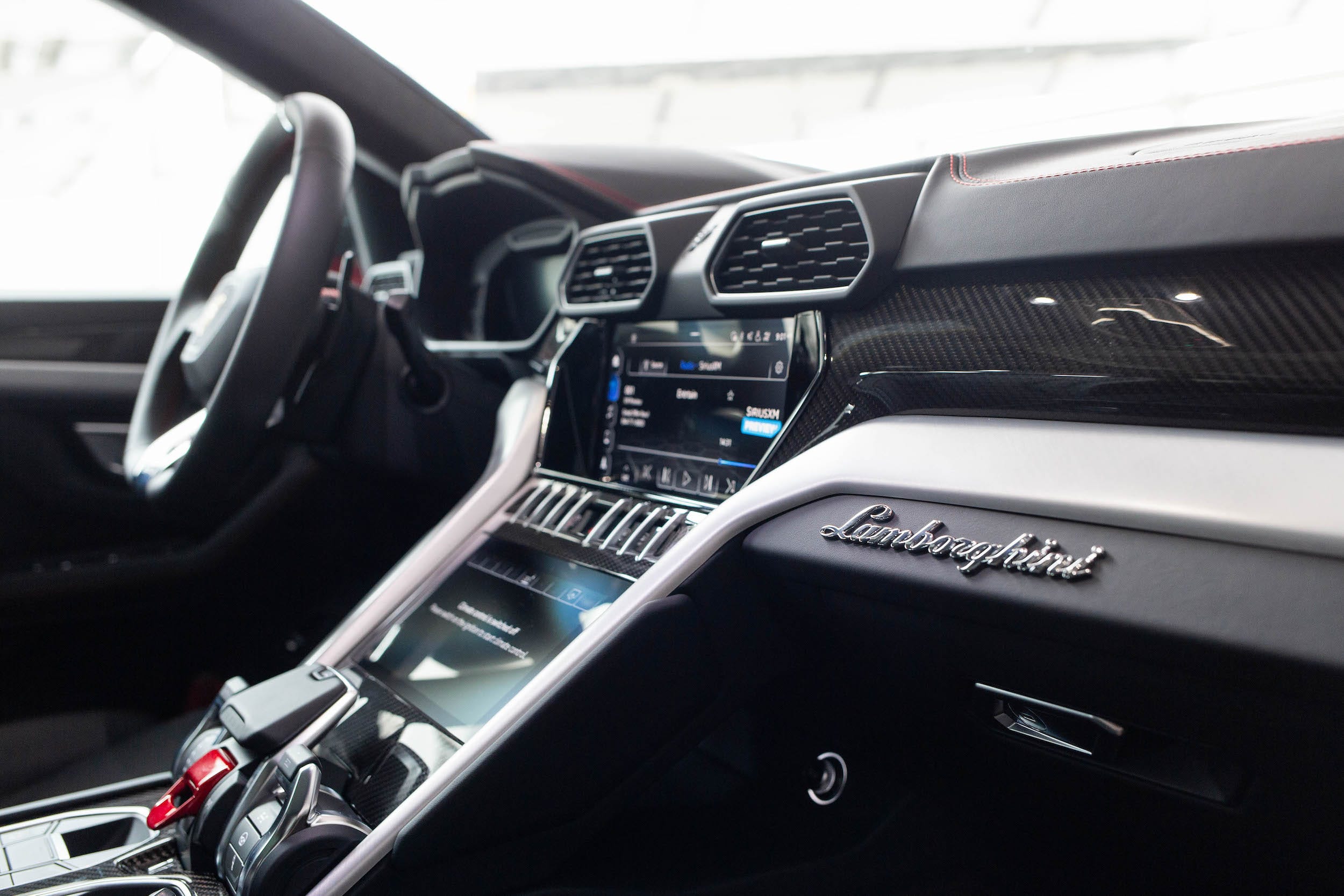
Kristen Lee
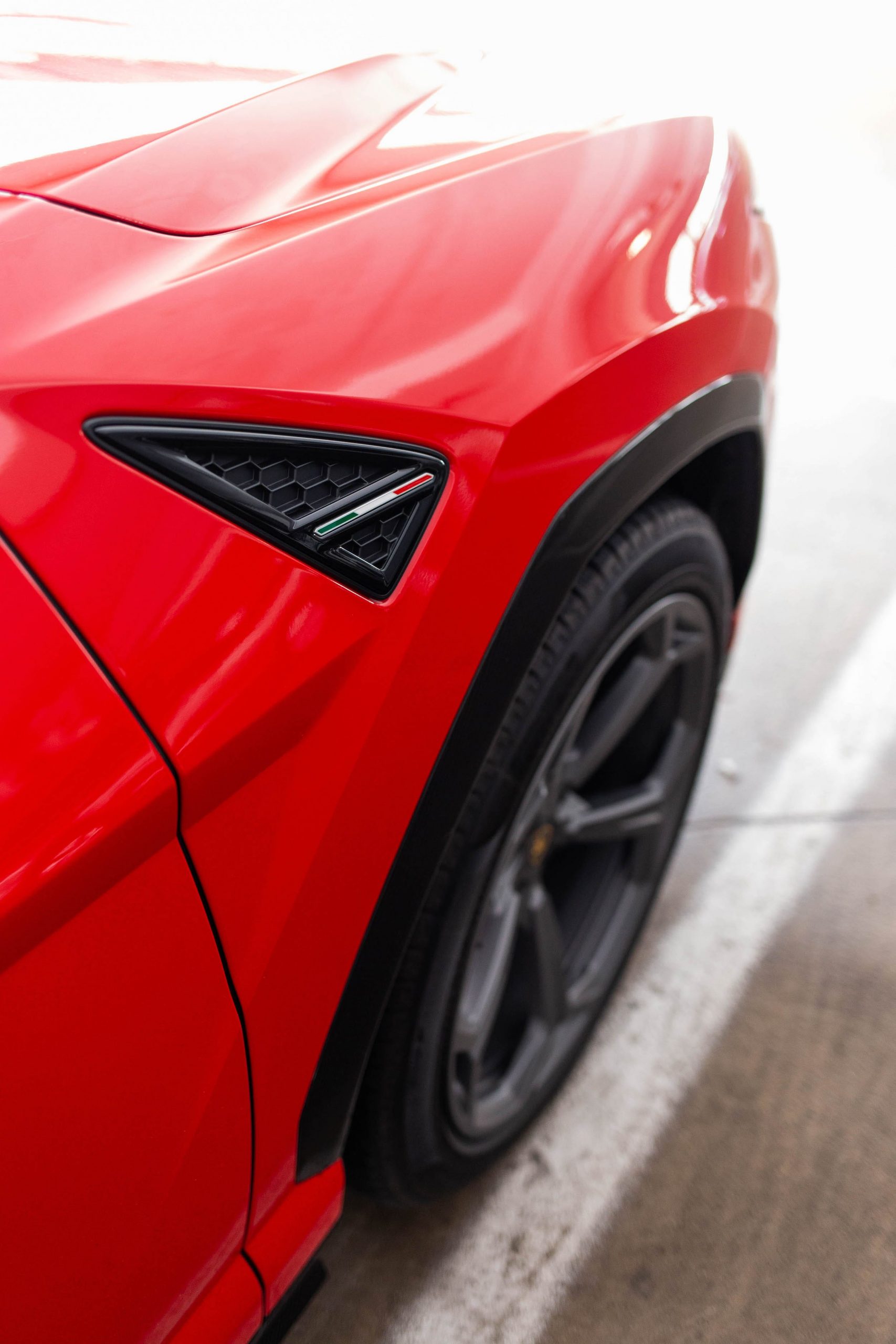
Kristen Lee
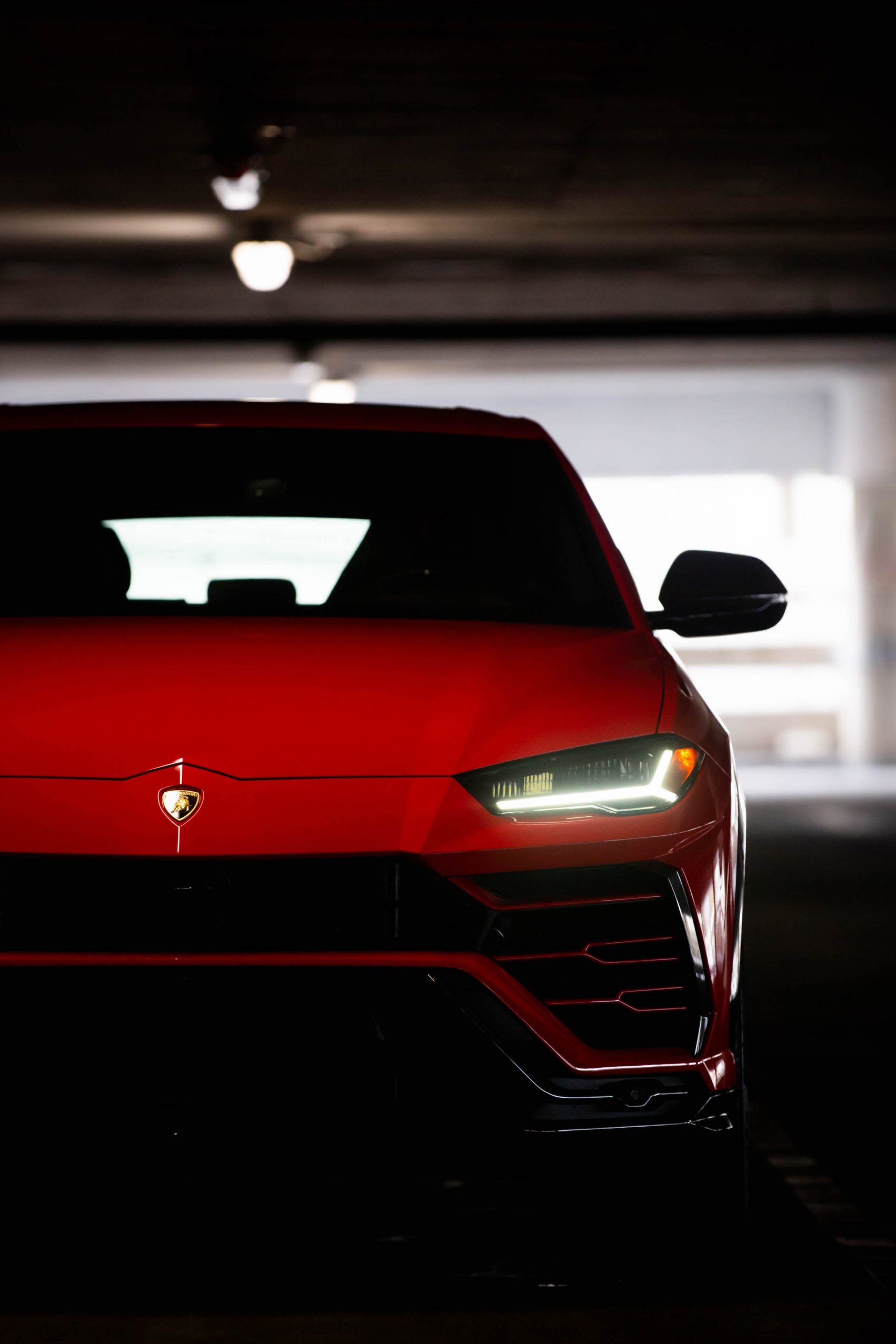
Kristen Lee
